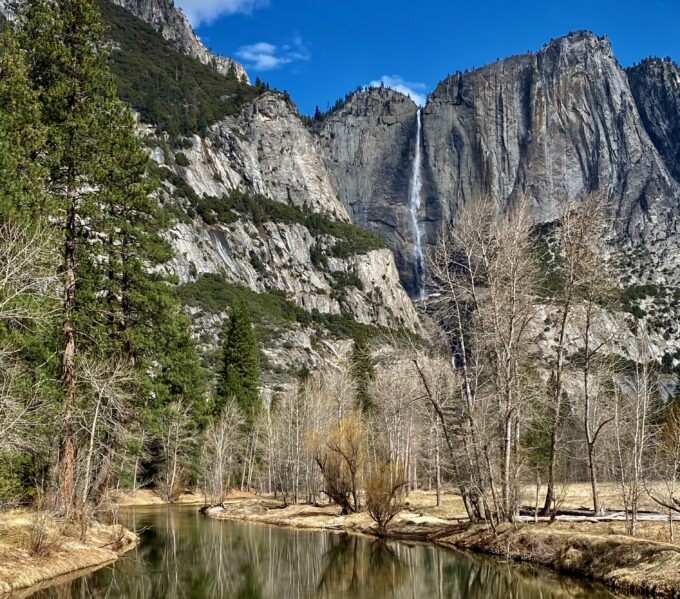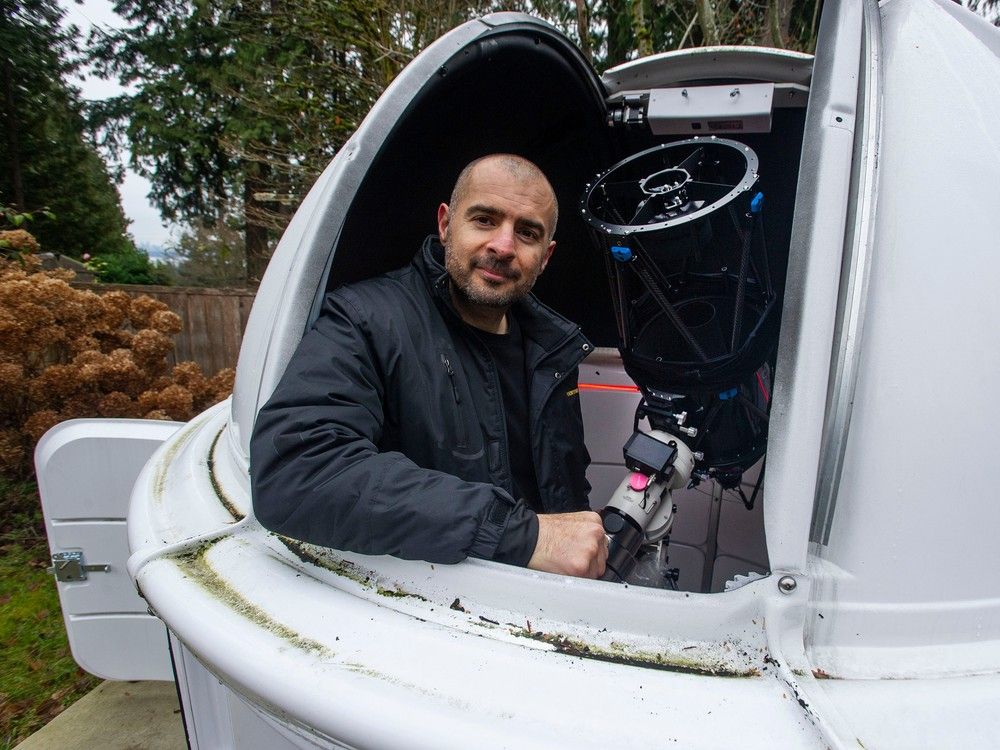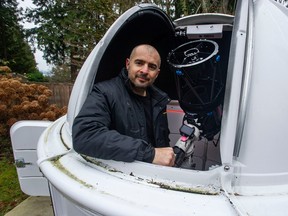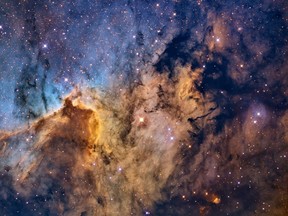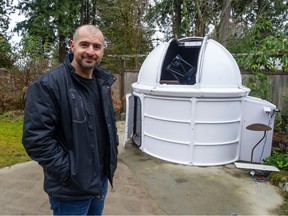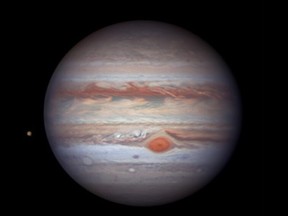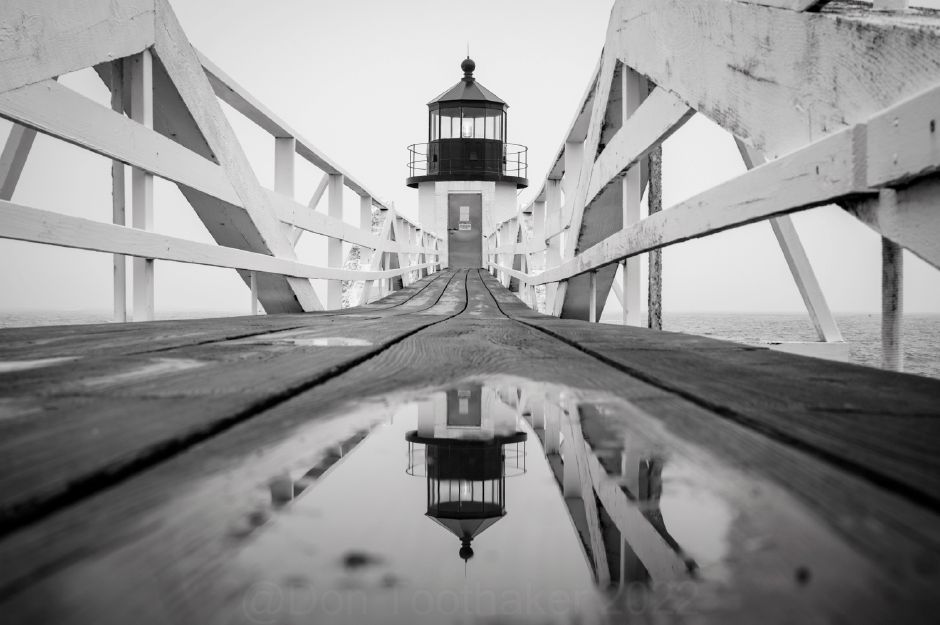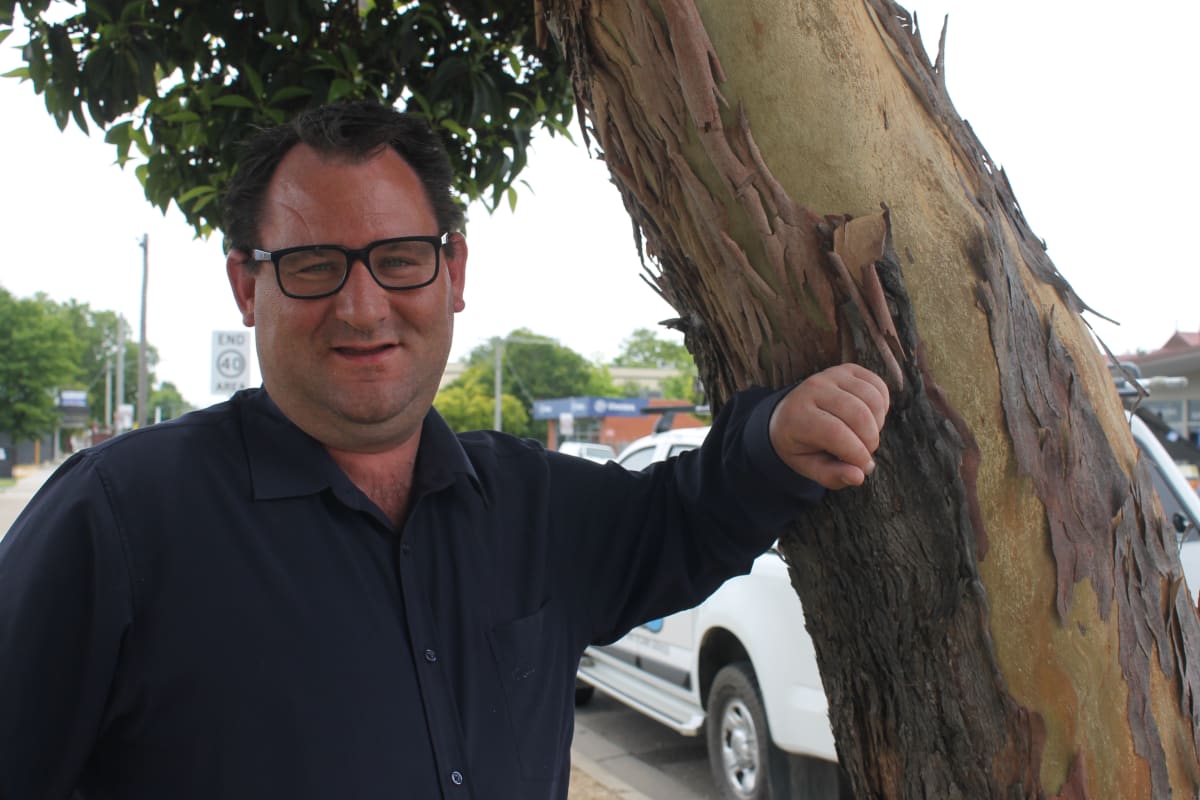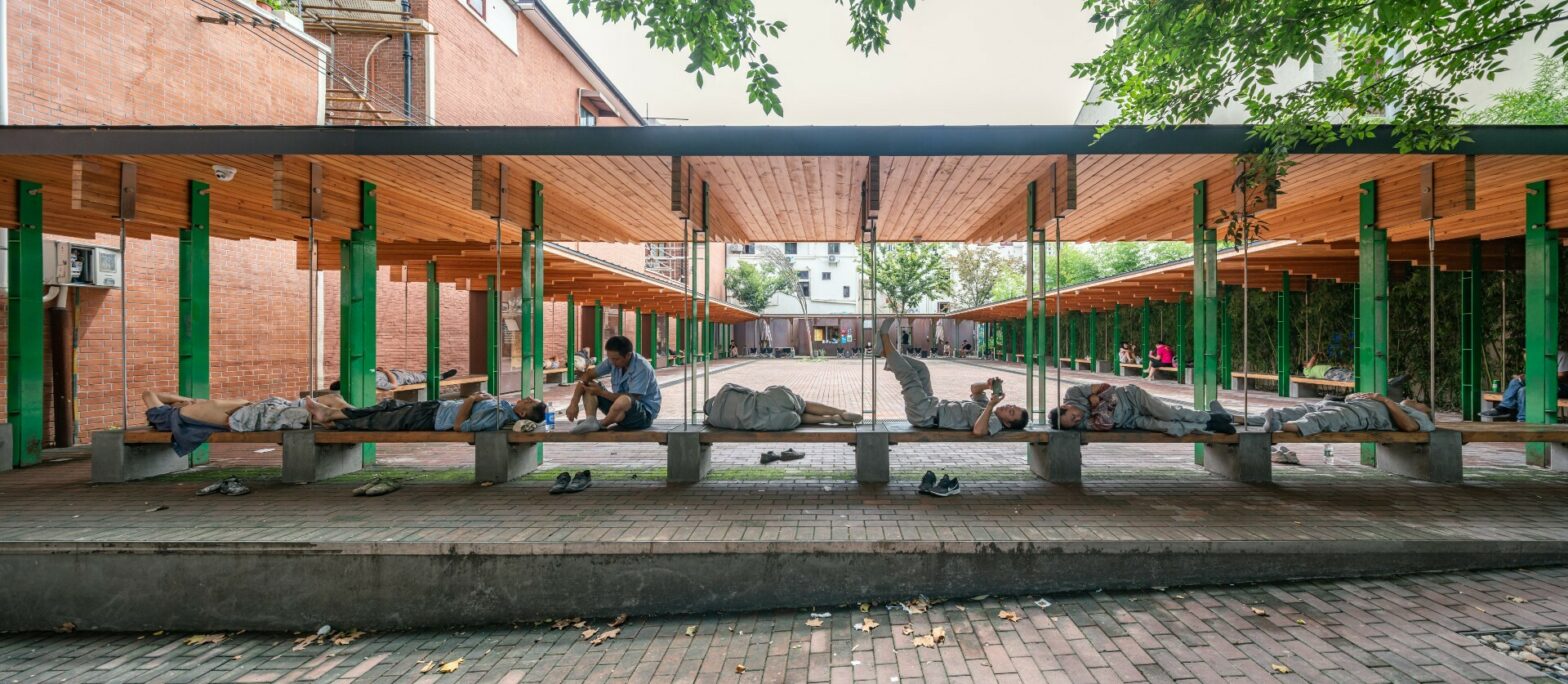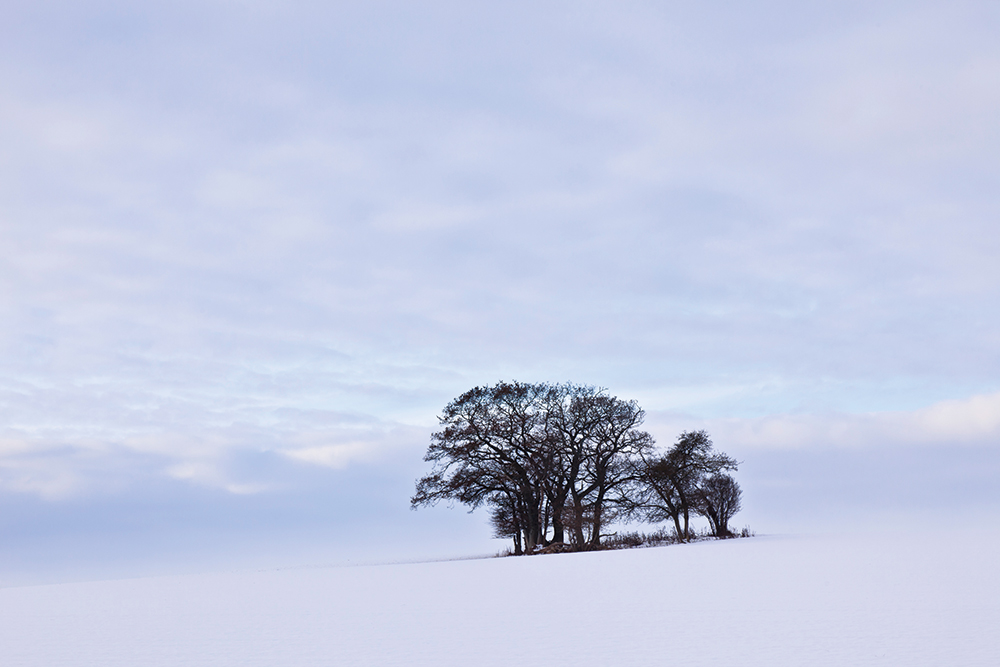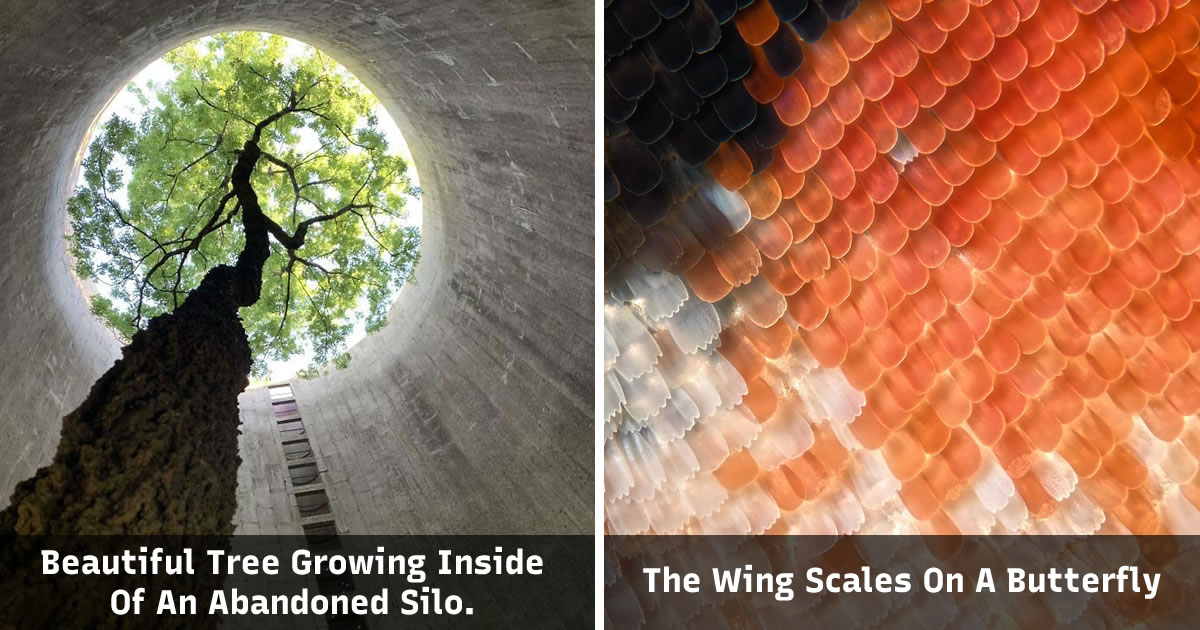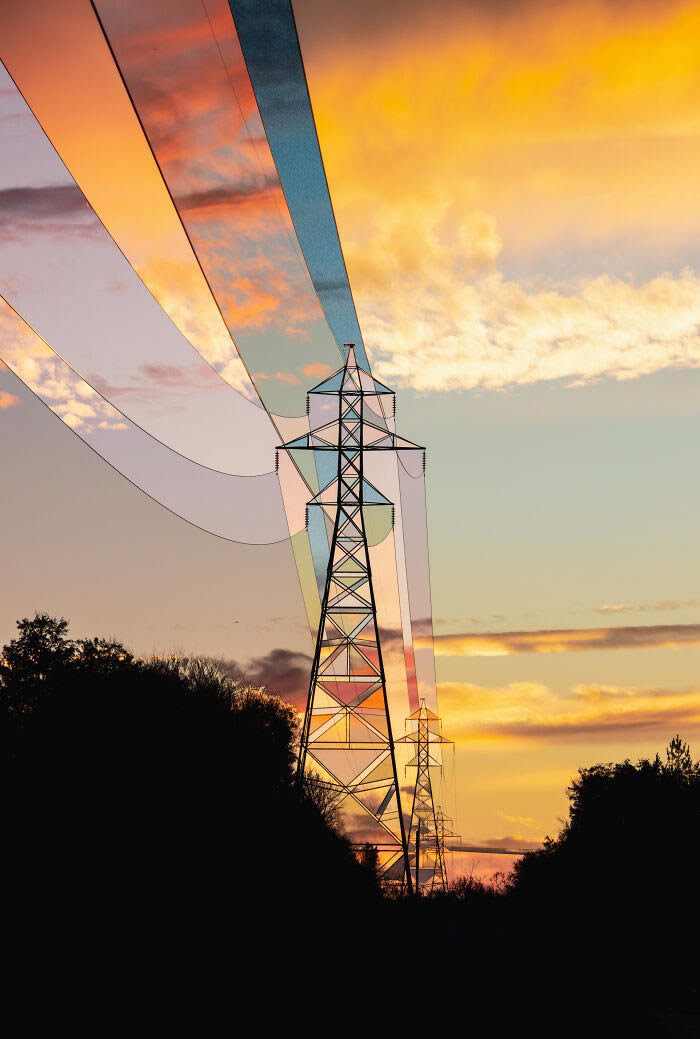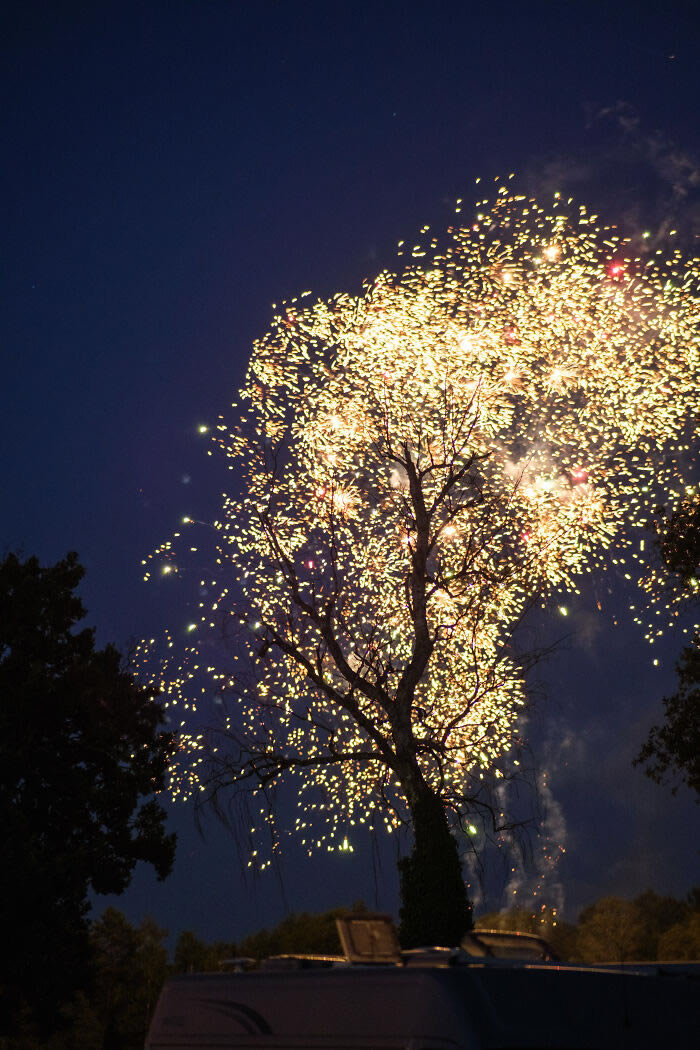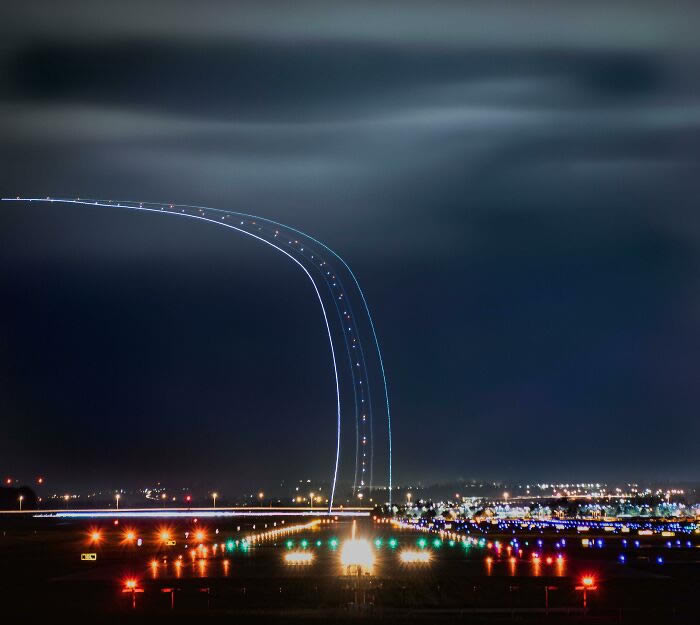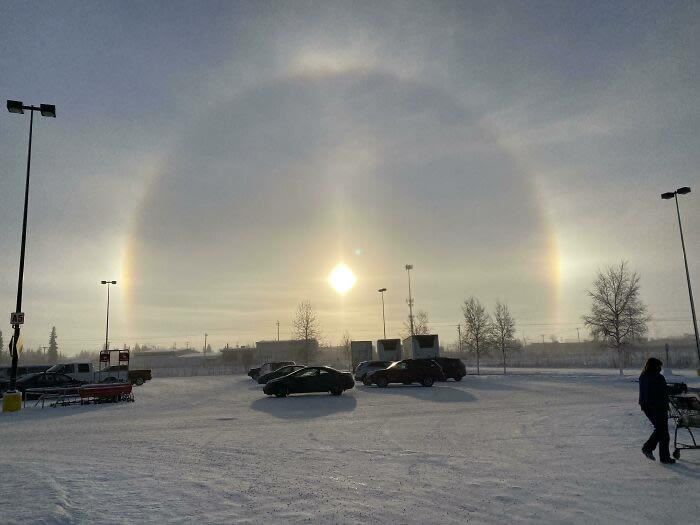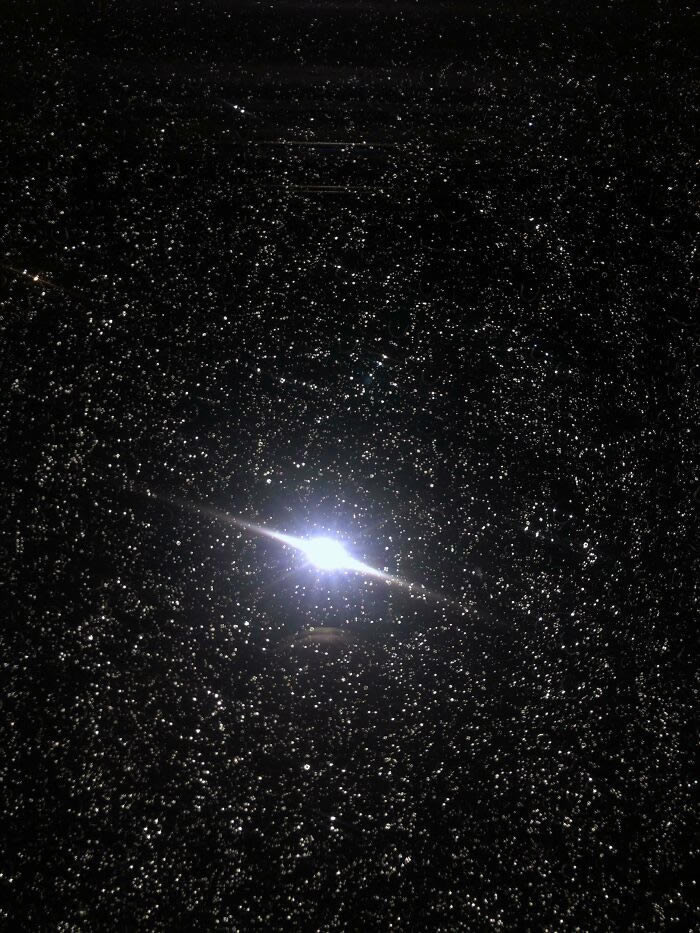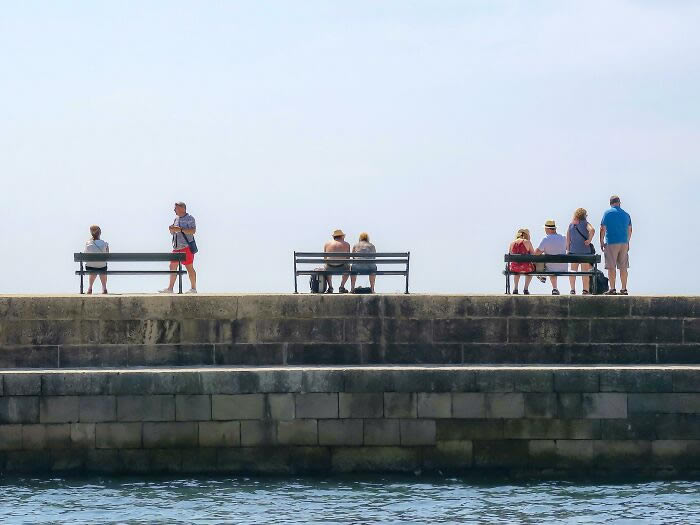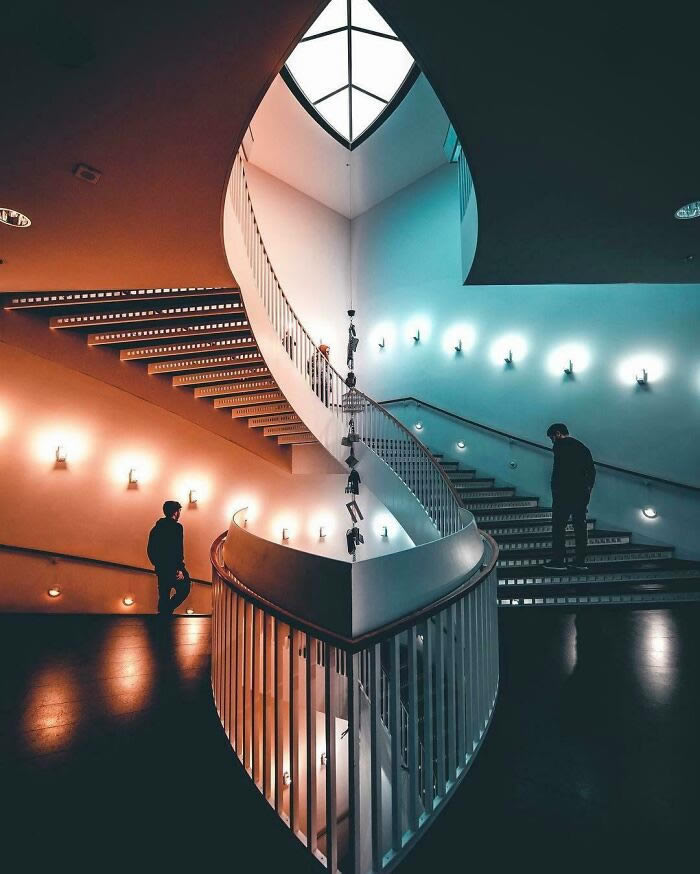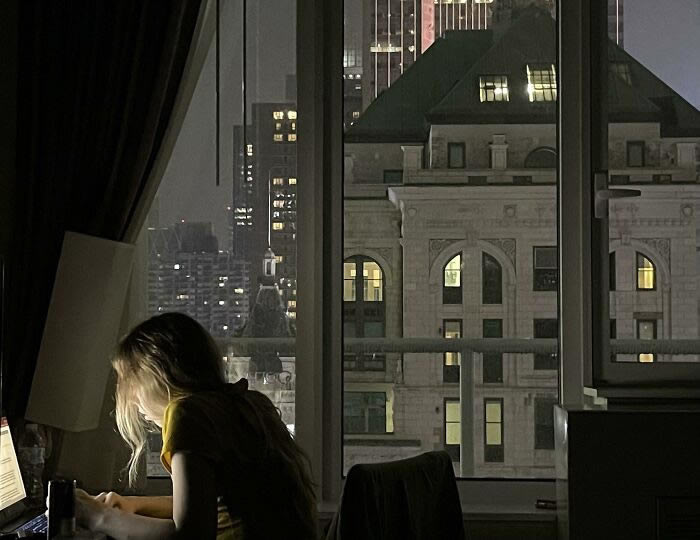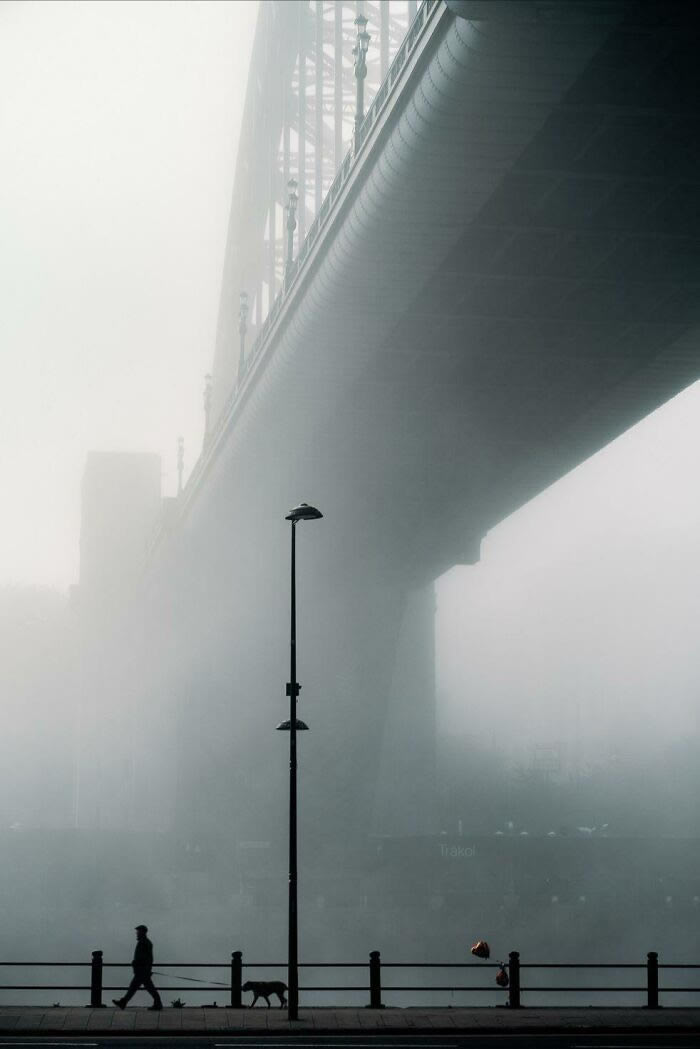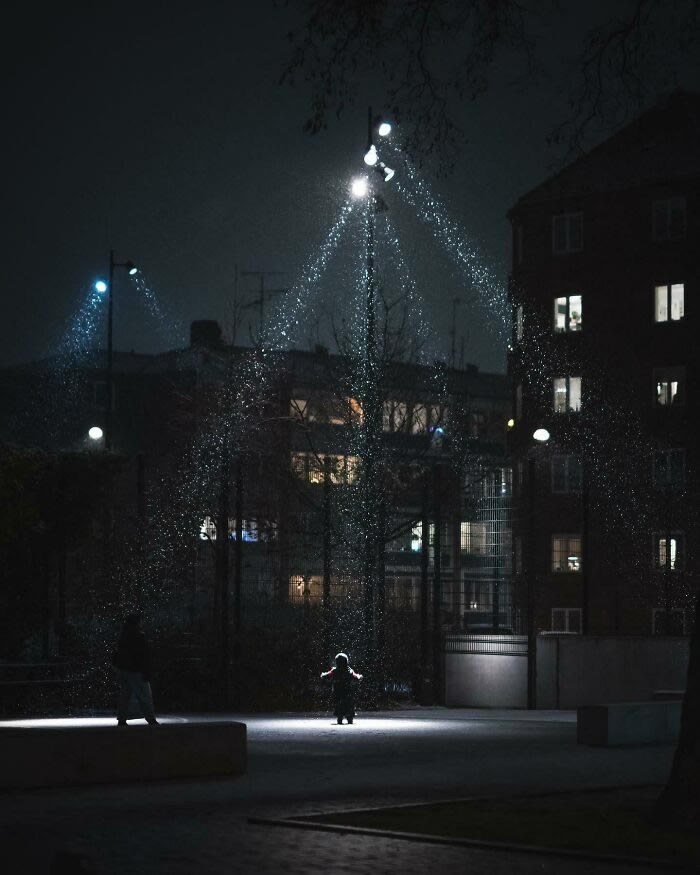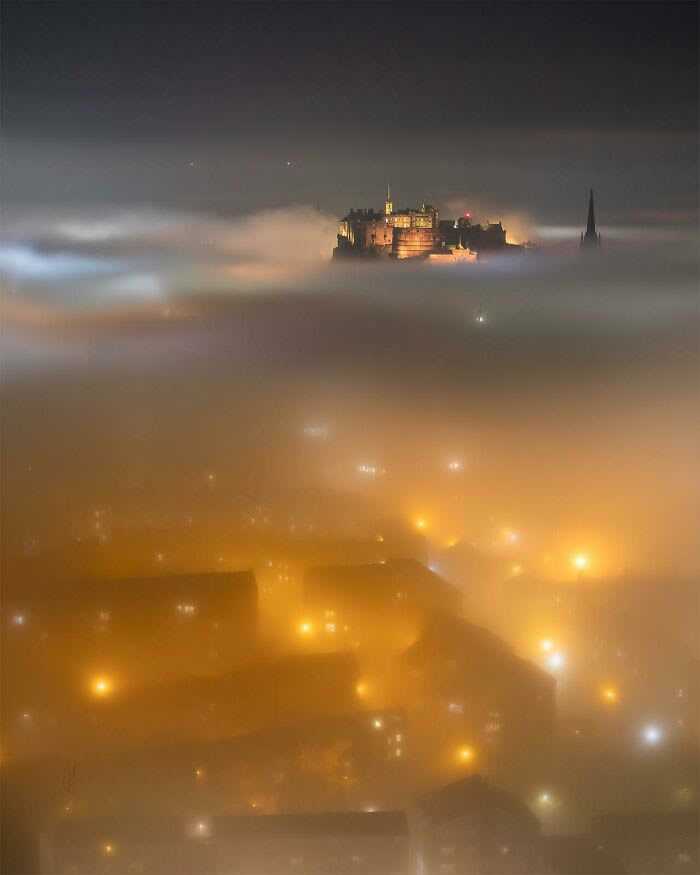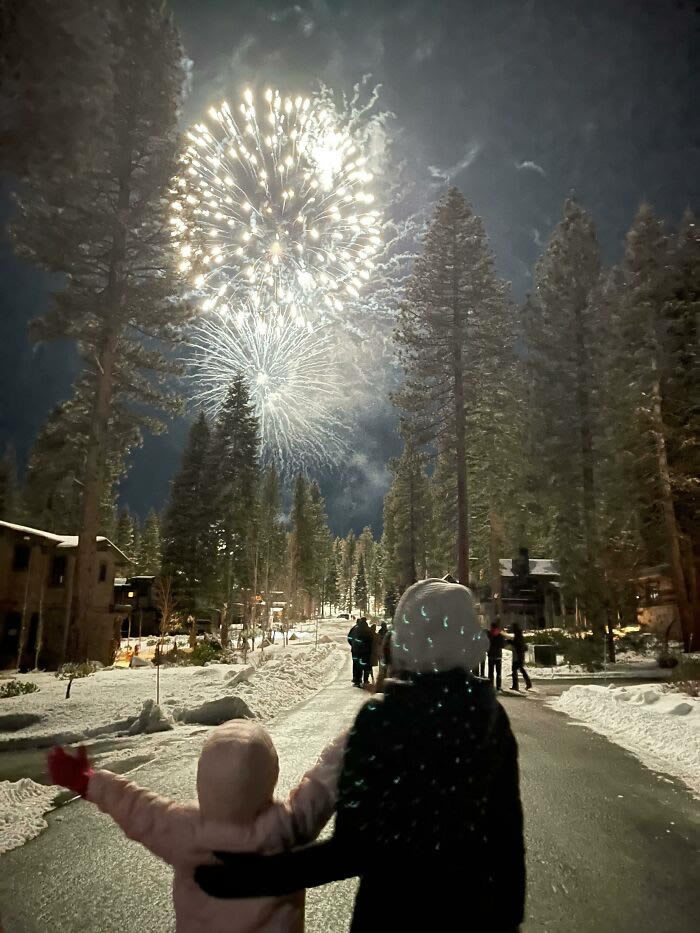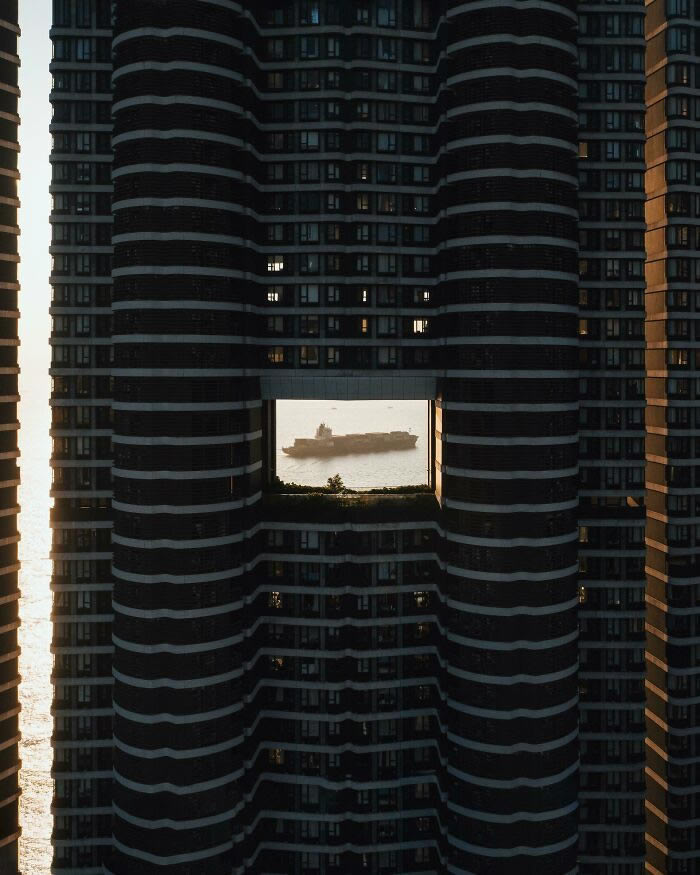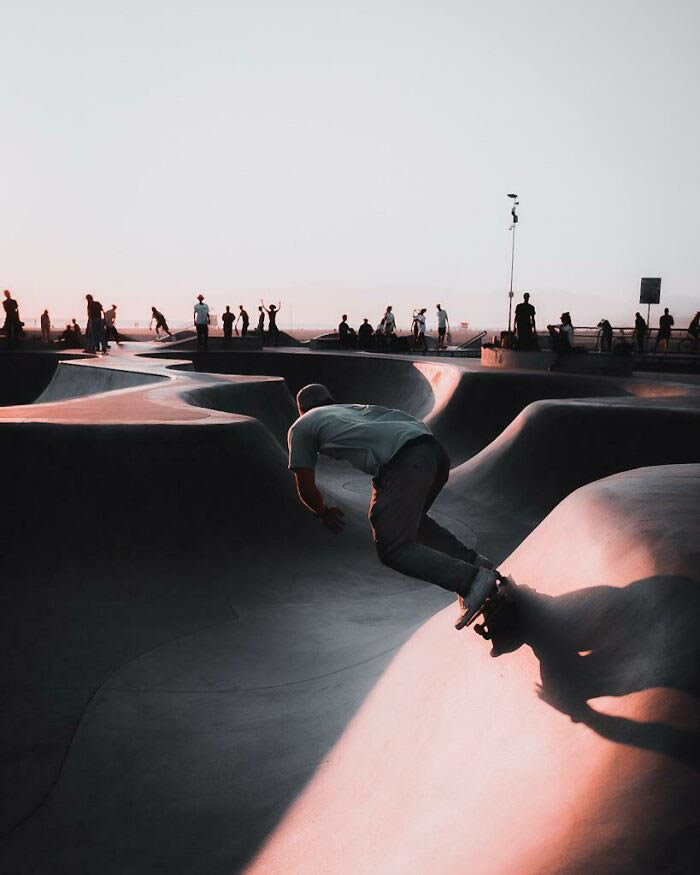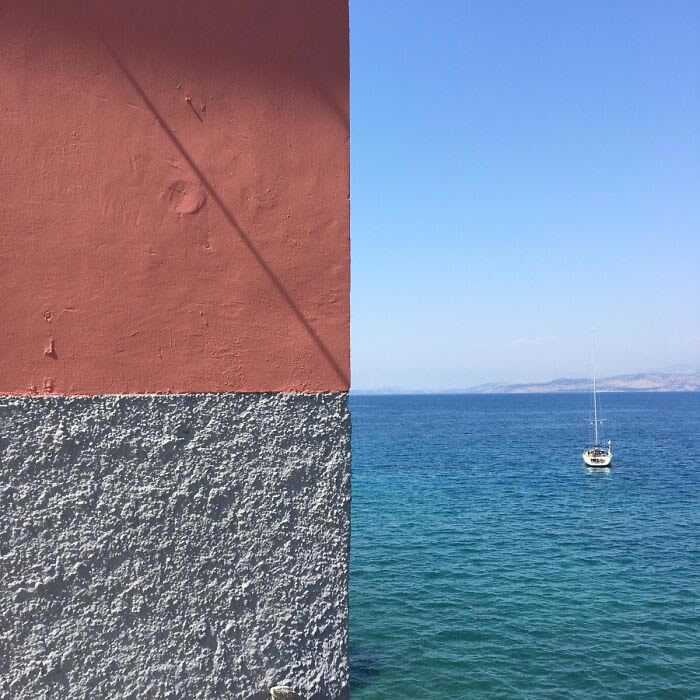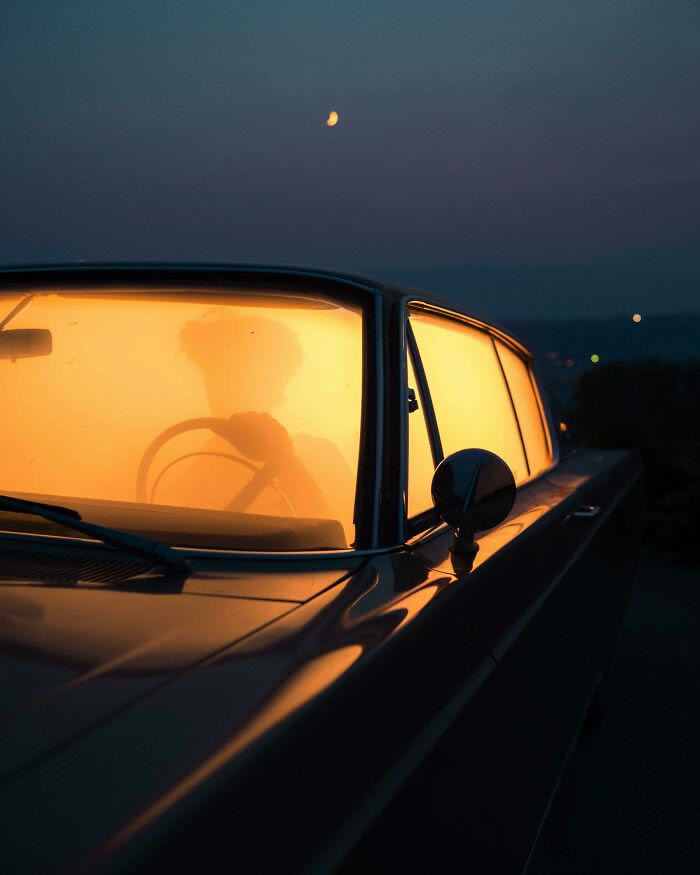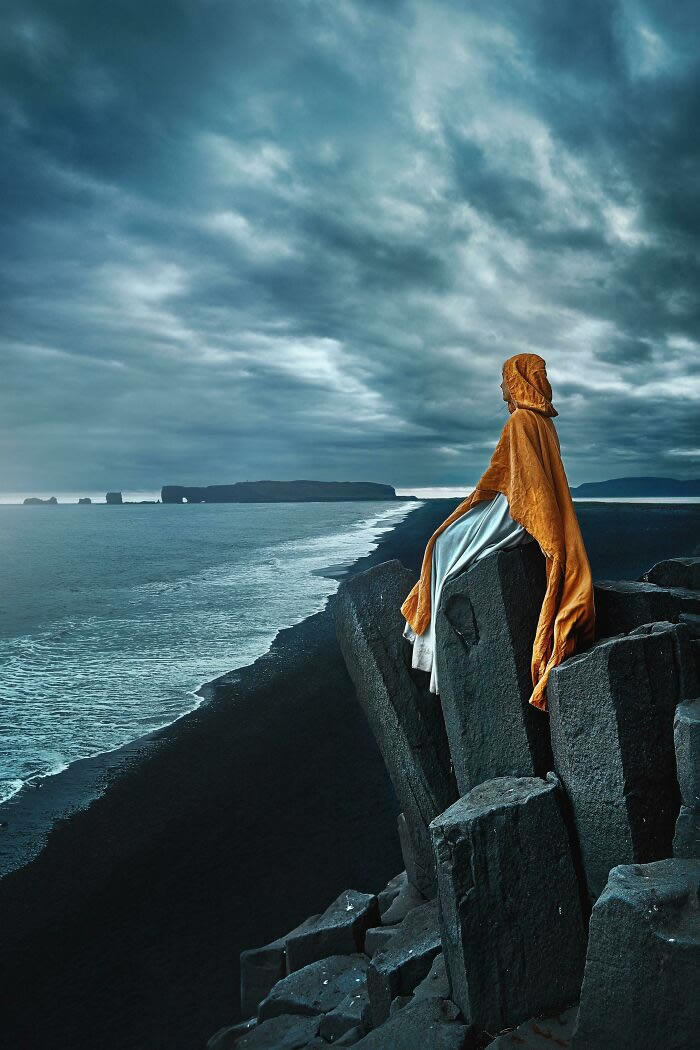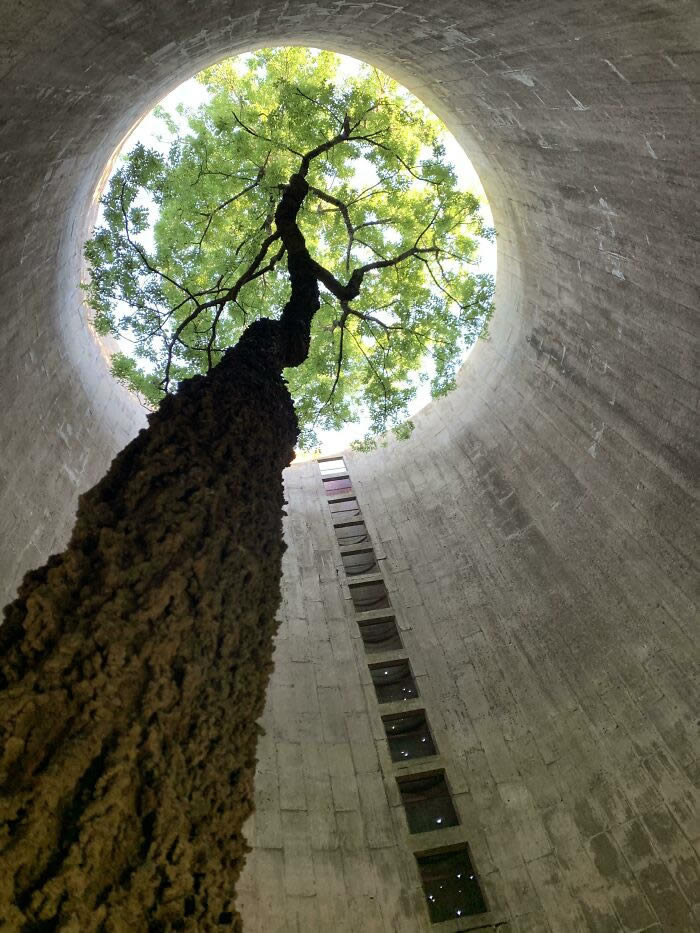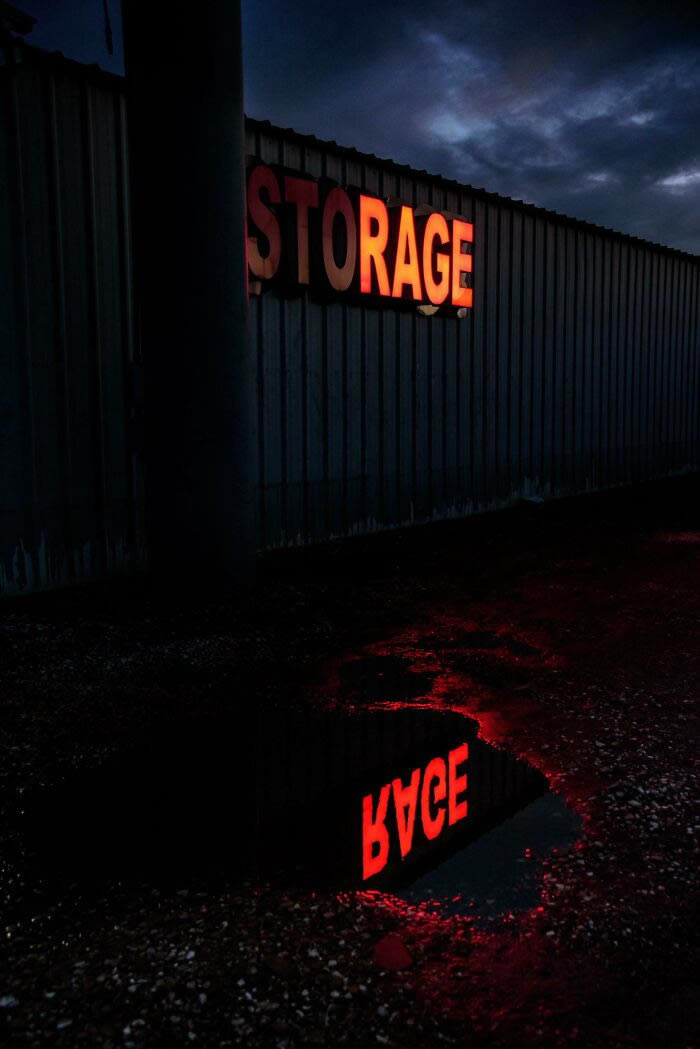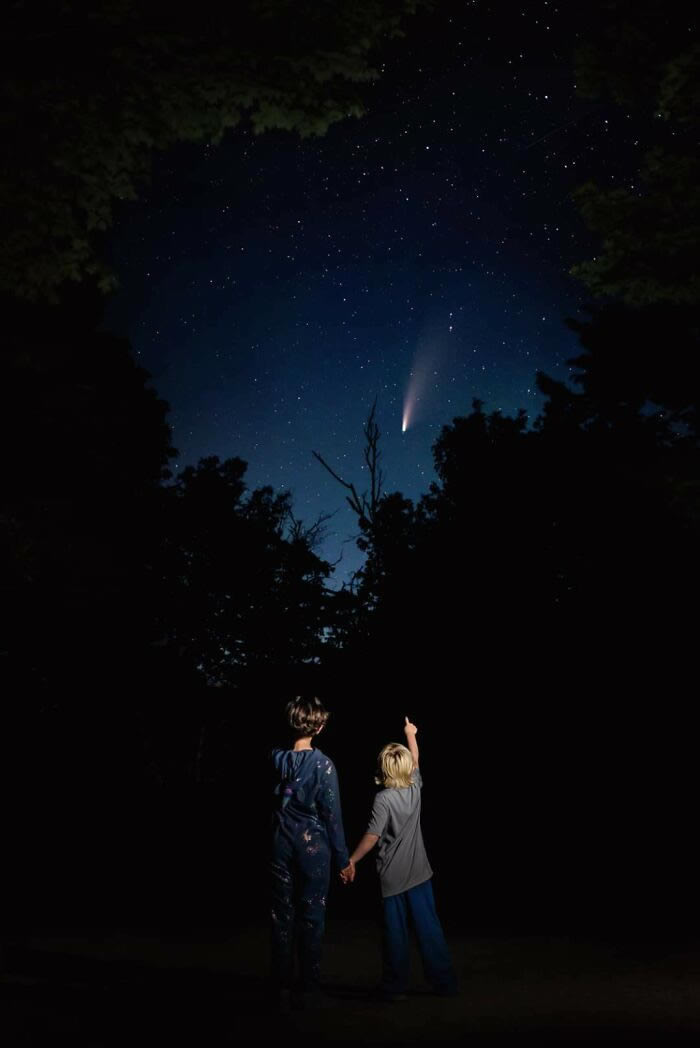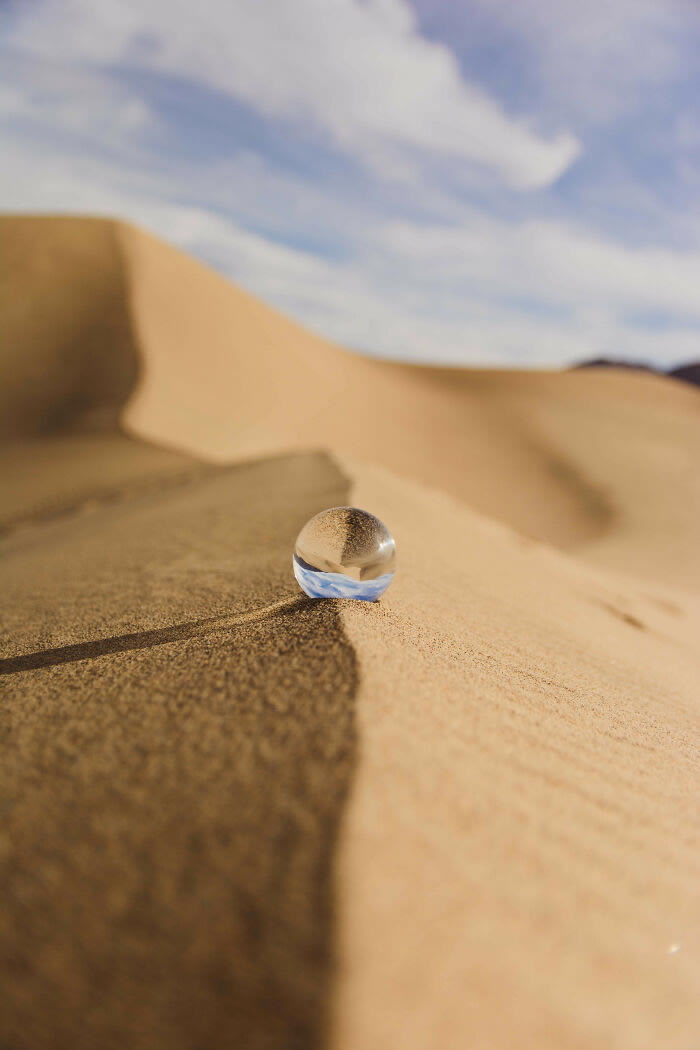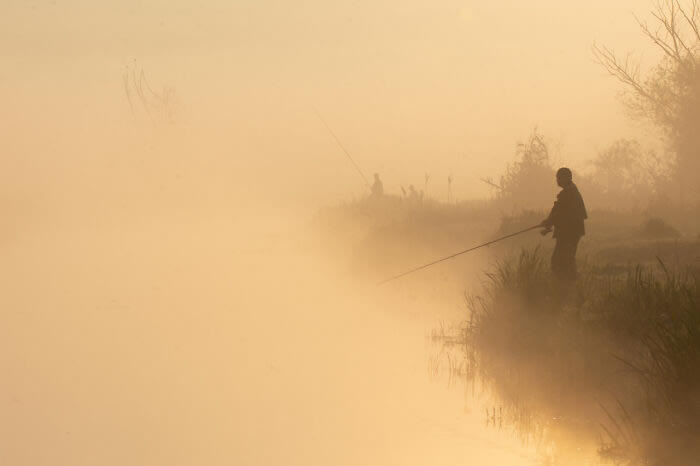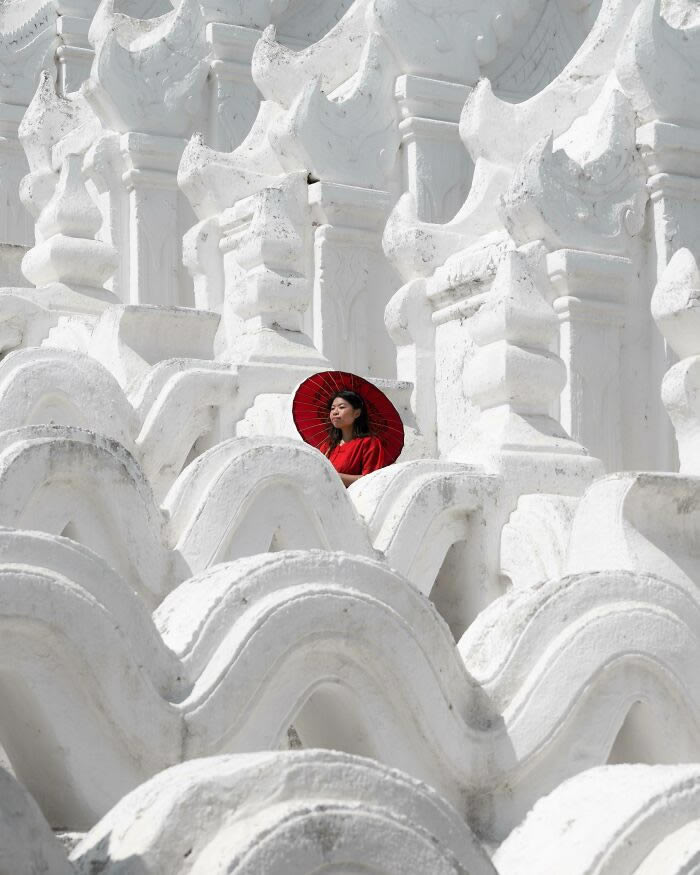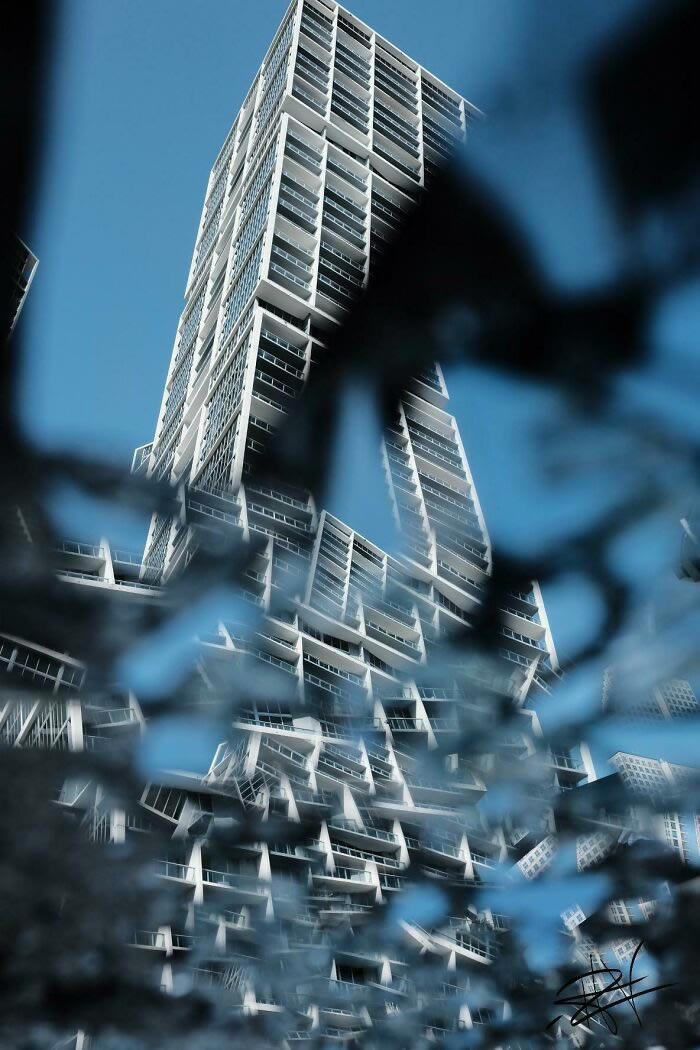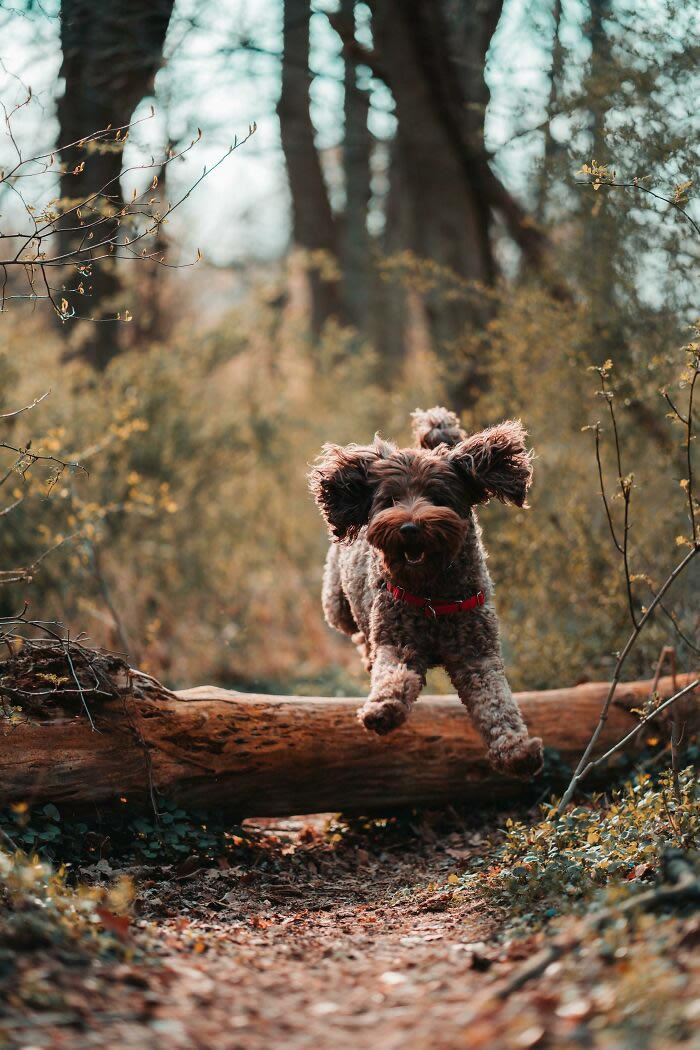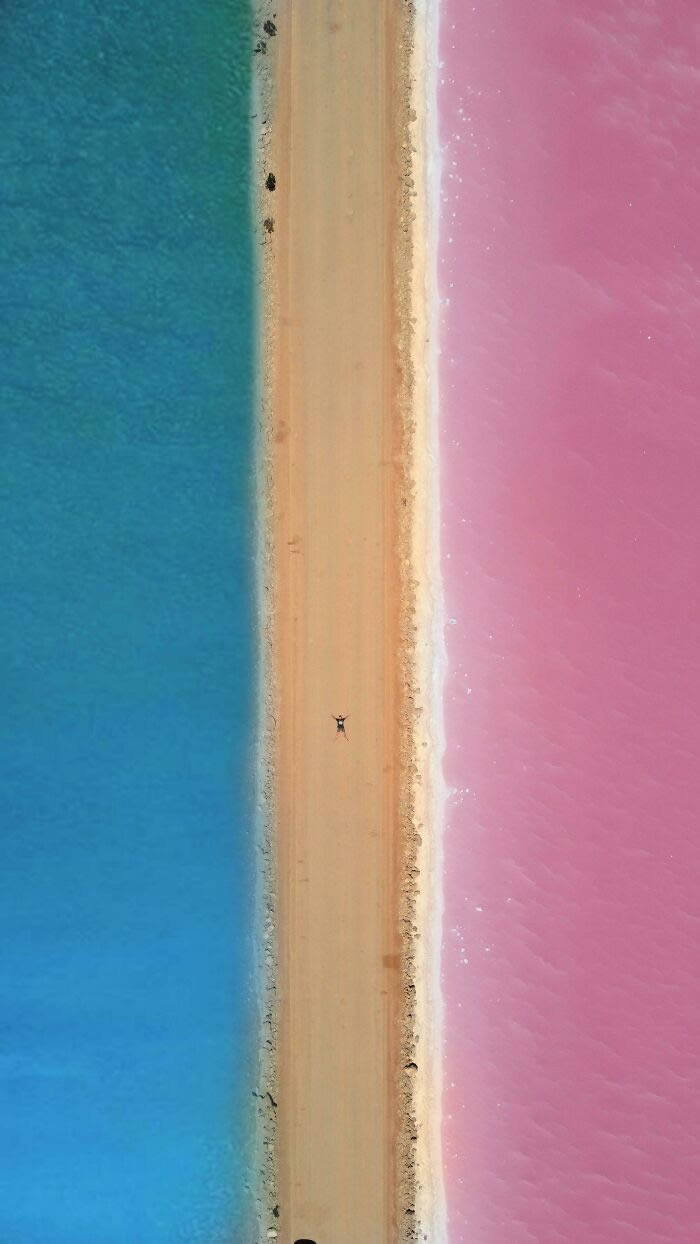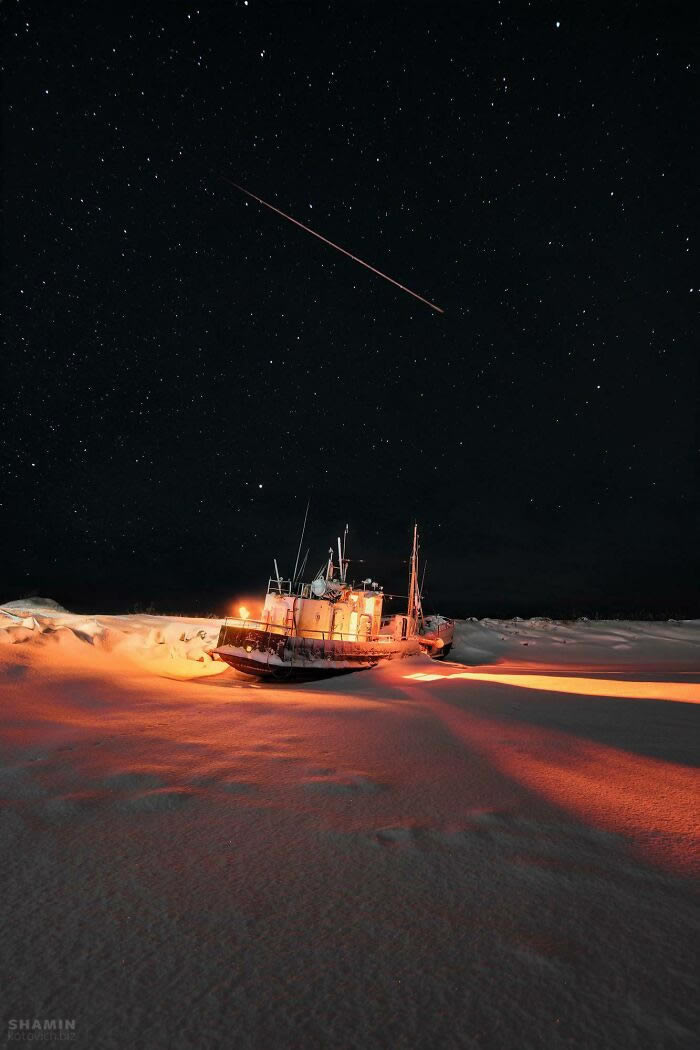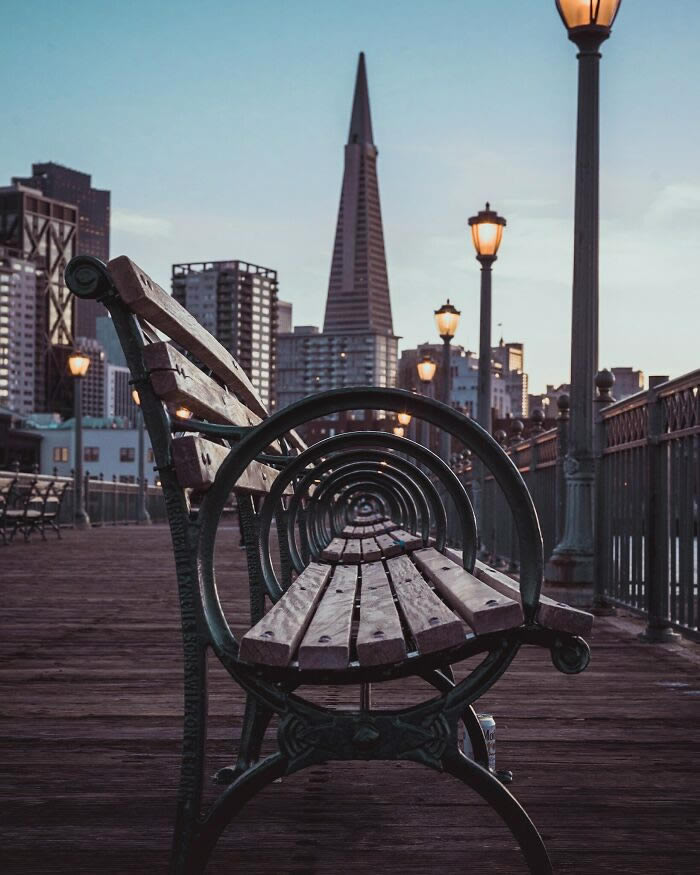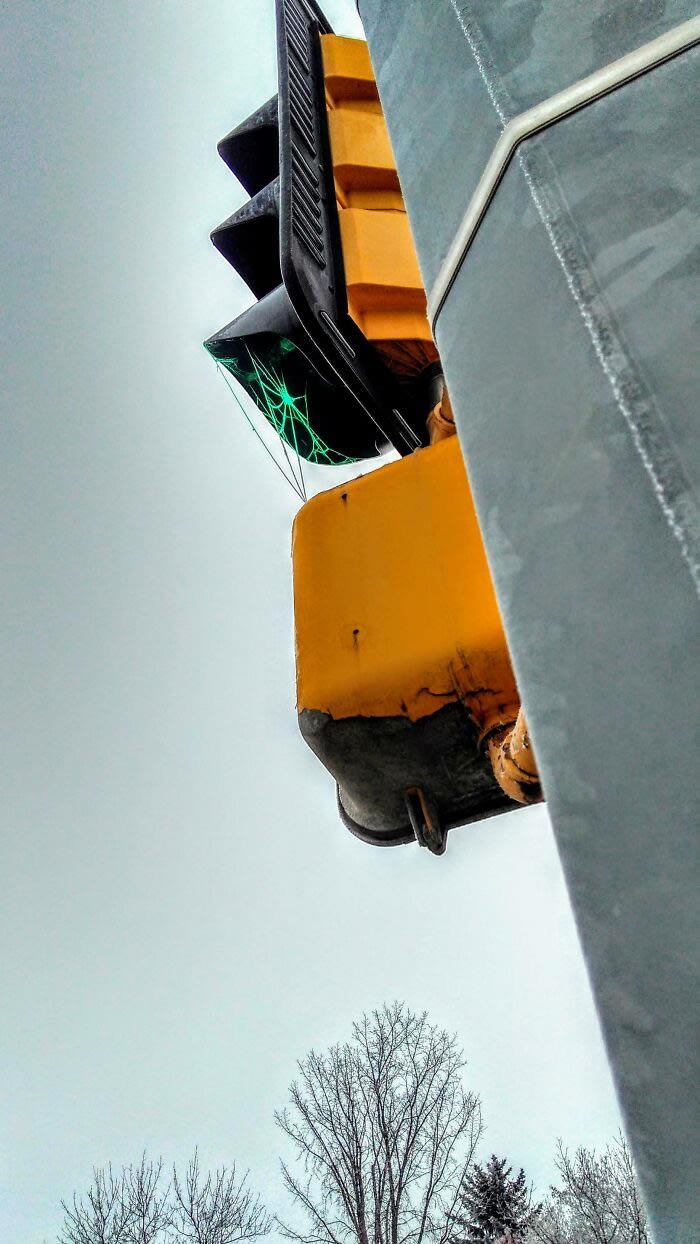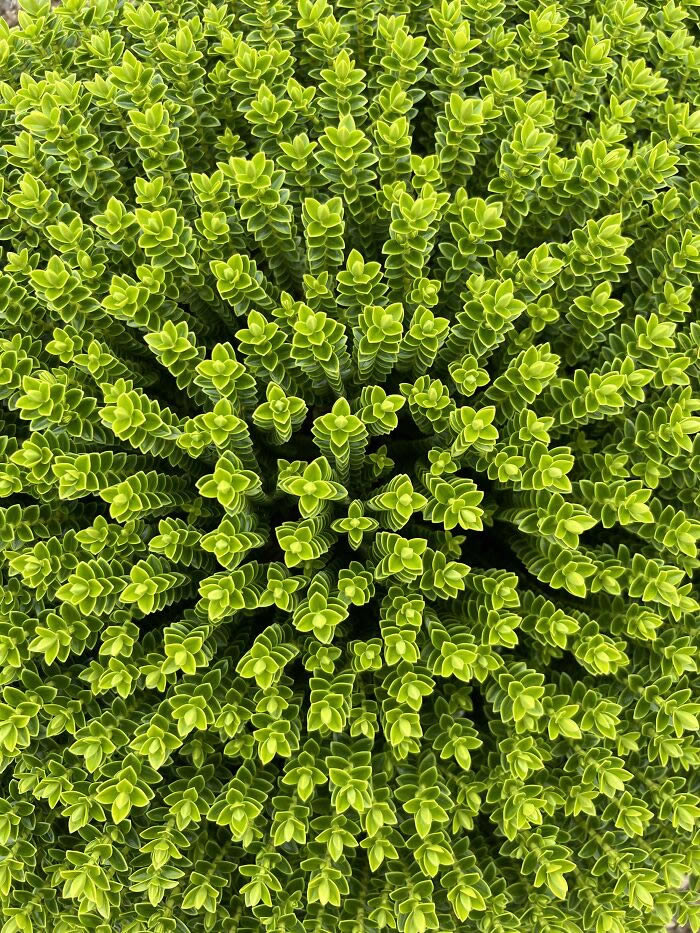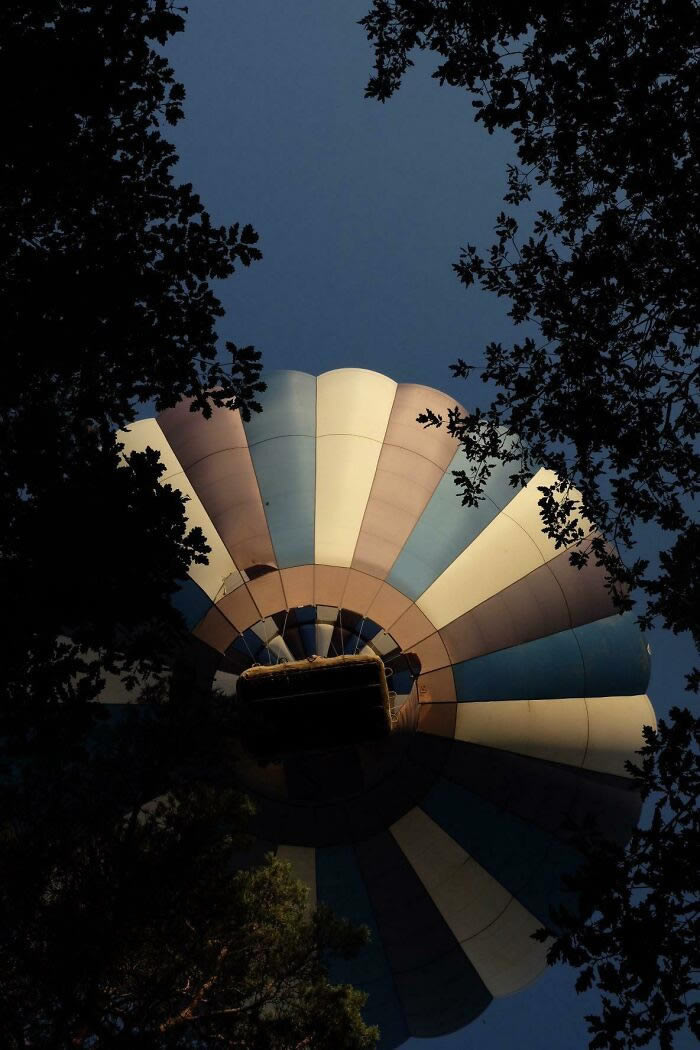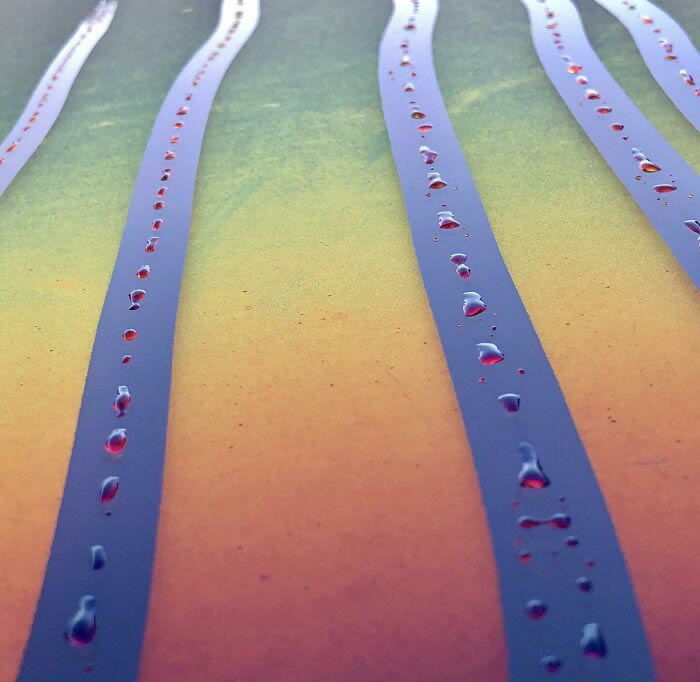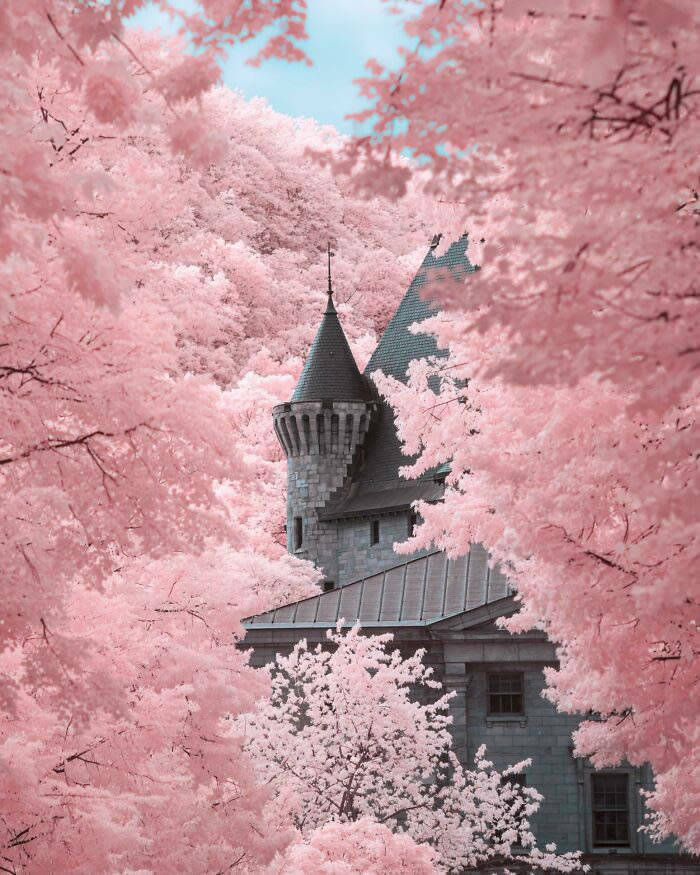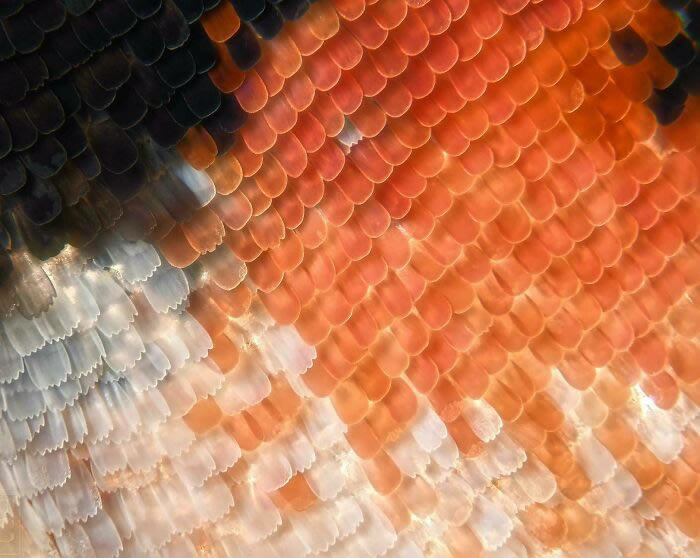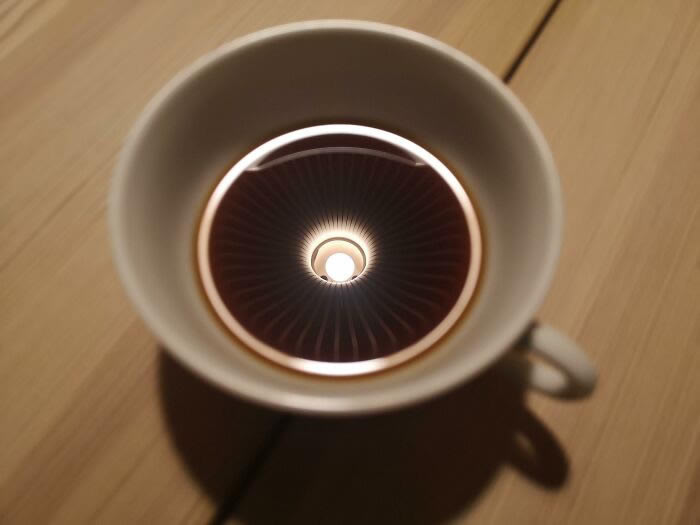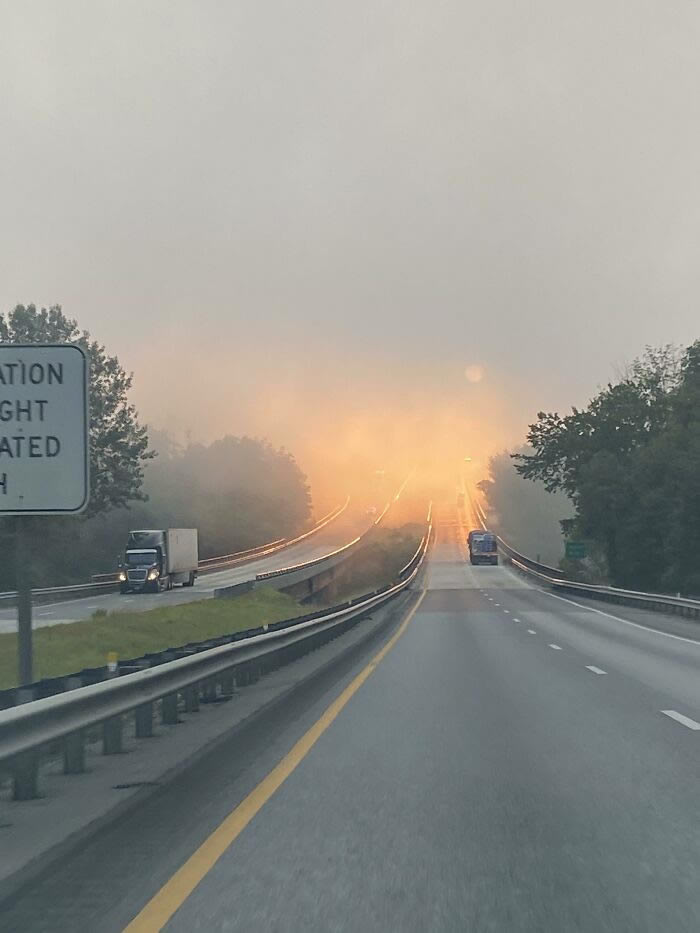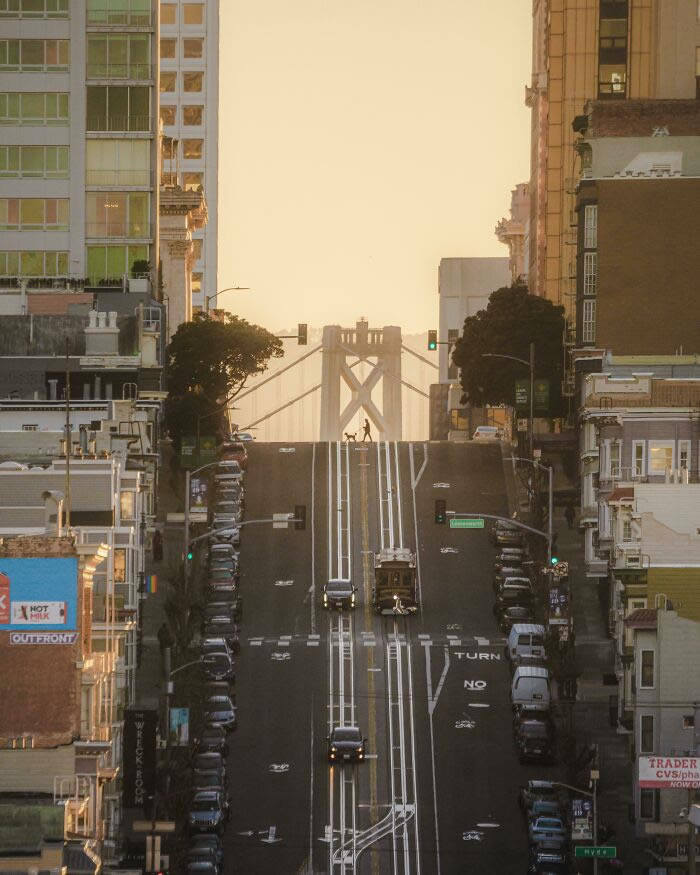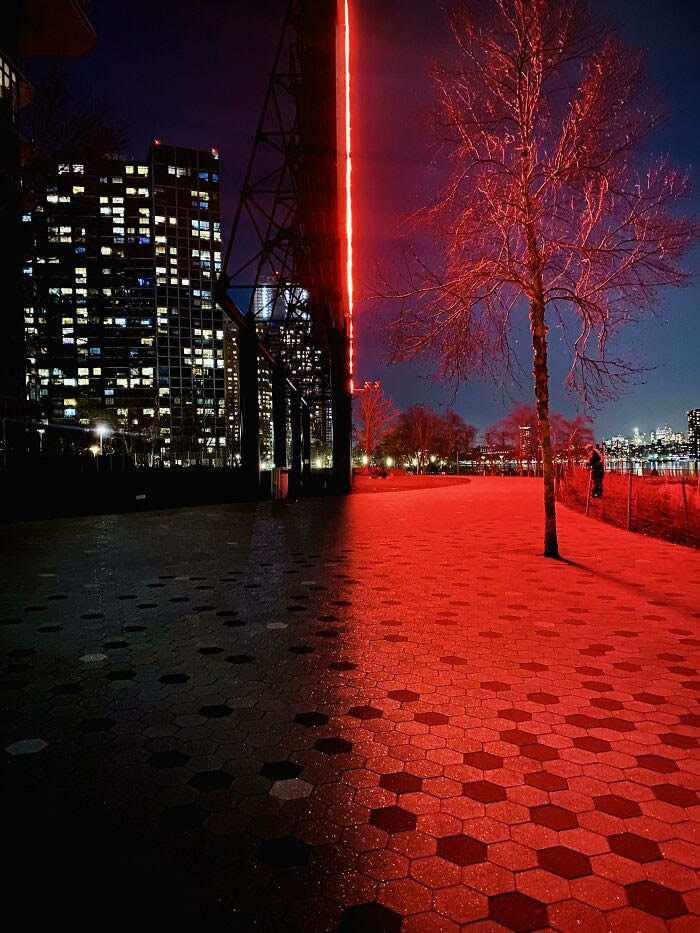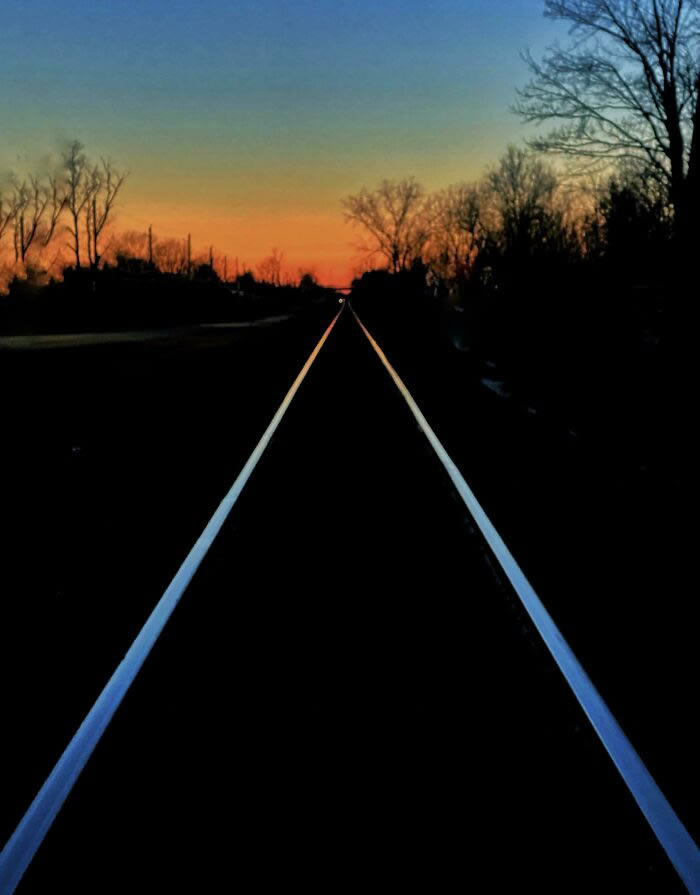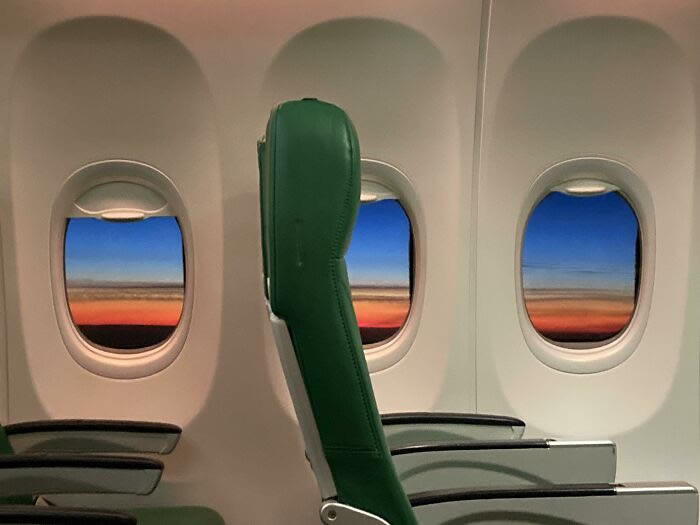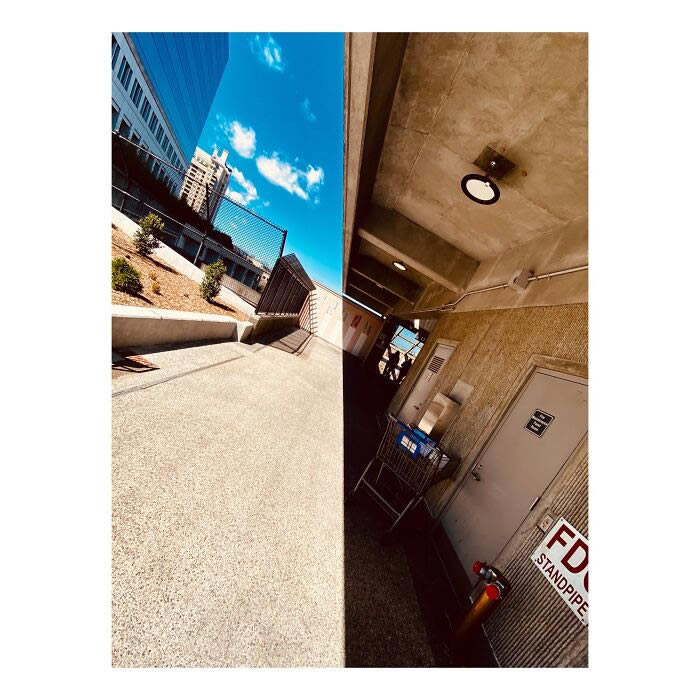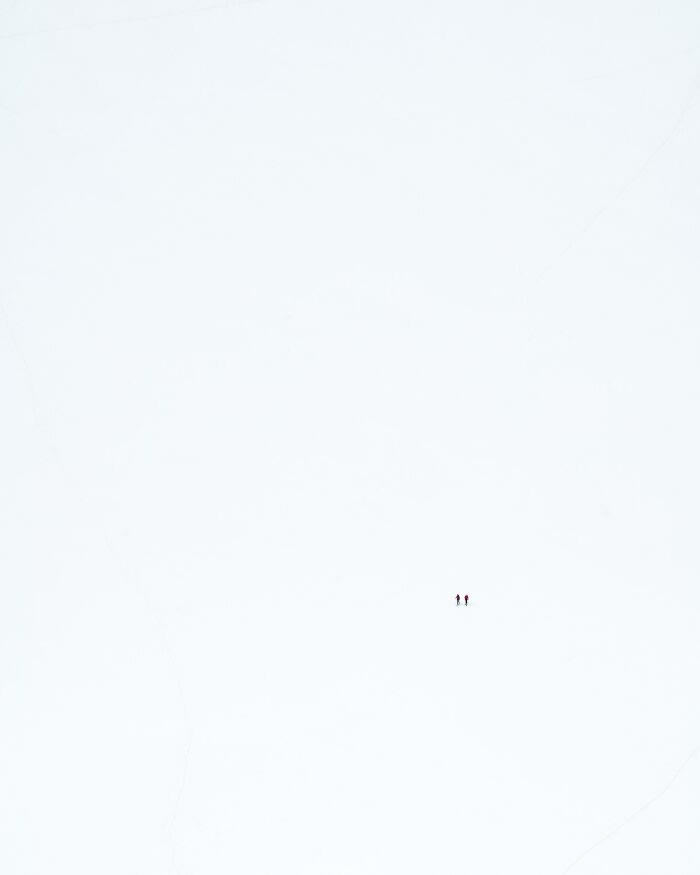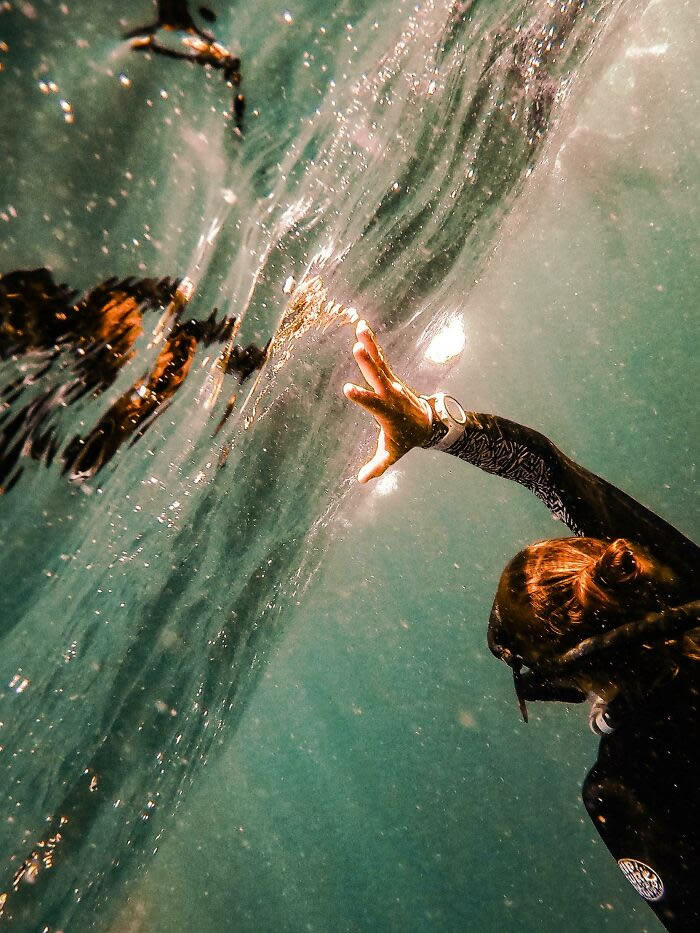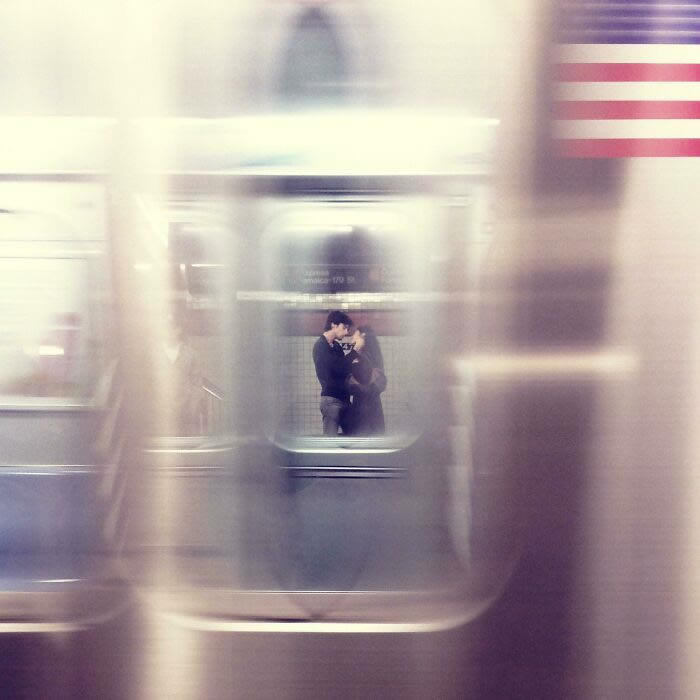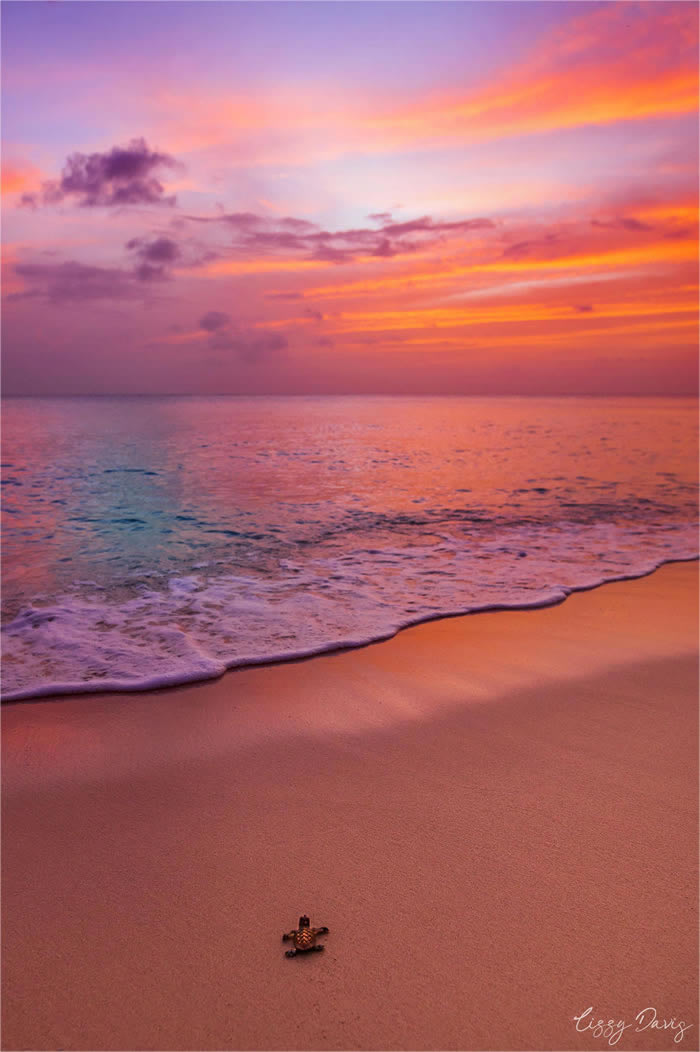[ad_1]
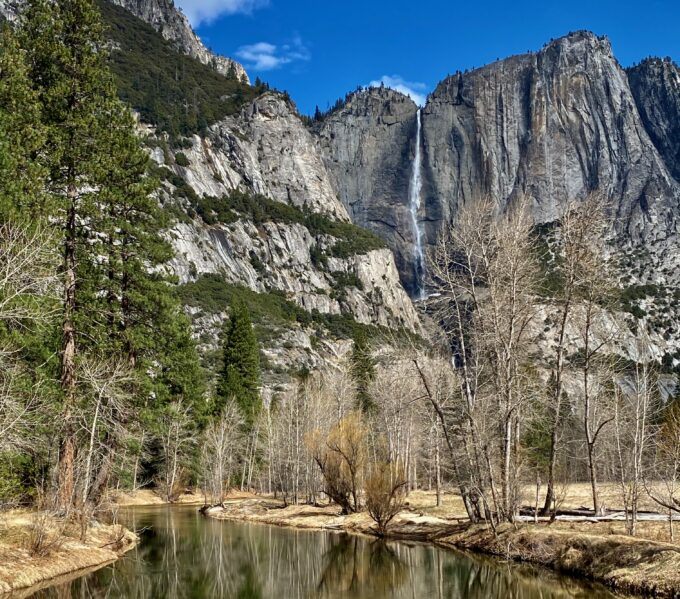
Yosemite Valley. Photo: Jeffrey St. Clair.
Most of us travel through environments—either built or what we call “natural” —without realizing how much they have been altered over time or understanding why these changes happened. Readers of Changing the Commons: Stories About Placemaking by landscape architect John Northmore Roberts will come away with a new appreciation of the importance of landscape architecture to society, a profession whose title is often mistaken as a synonym for gardening. They will also become more aware of how, since the 1970s, movements toward social justice and ecological stewardship have been playing out in our physical environment.
You cannot get more iconic than Yosemite National Park. In three Yosemite Valley projects for the National Park Service (NPS), Roberts was tasked with restoring the balance between the ecological and built environments, as what we usually think of as urban issues had developed with the ever-increasing public use of the park’s wildlands. A tall order, as the improvements to visitor accommodations requested by the NPS also needed to protect the Merced River, wetlands, granite cliffs, meadows and forests while increasing ease of access to those grand views. Two of the locations were the Yosemite Village Day Use Area, the primary destination location for visitors and the park’s center of operations, and Yosemite Lodge, built in the 1950s as a destination motel near Yosemite Falls. Roberts was directed to find ways to relieve traffic congestion, realign dangerous road crossings, reposition and expand parking lots, install adequate signage, build new restrooms, and provide a pleasant arrival plaza with orientation and interpretive displays which Roberts situated so as to screen the parking area from visitors’ view. And at the third Yosemite site, Bridalveil Fall, where waters cascading down 600 feet of granite rock make it a favorite first stop for park visitors, many similar restoration requirements had to be addressed. Here the project team was also tasked with constructing new boardwalks to discourage visitors from treading off established trails, thereby disturbing the surrounding wetlands. Another intention was to make it safe for everyone to access the upper overlook at the Fall’s base, as the existing trail’s steep incline was difficult for many people to navigate, especially anyone with mobility issues. Roberts’ team proposed an ecologically responsible solution as it would not require heavy equipment to install and would thus minimize intrusion on the wetlands. He describes this structure as an elevated “self-supporting metal bridging system, tied to boulders for support, to climb at a gentle, accessible gradient.” The Yosemite Conservancy, a partner of the NPS, and NPS trails staff ruled against accepting this plan, considering the technology too radical a departure from park traditions. They eventually settled on what Roberts describes as “an intermediate-level lookout offering a good photo opportunity.” Roberts says the decision was made despite “a years-long consensus-based design process.” It exemplifies how differing concerns within communities can play a significant part in shaping environments.
Most landscape architects would regard these Yosemite projects as the pinnacle of their career, but for John Northmore Roberts, they are among many highlights of his ongoing professional history. For over  fifty years, he has been active as a practitioner and college educator in the field of landscape architecture. A long-time resident of the San Francisco Bay area, Roberts’ landscape architecture work has been centered in Northern California. Roberts seeks ways to live with nature rather than dominating it. He addresses our ever-more pressing need to conserve the earth’s urban and rural communities and all their life forms, finding creative solutions to serve the 21st century and beyond. He takes full advantage of technological advances not available to Frederick Law Olmsted, widely considered the founder of American landscape architecture.
fifty years, he has been active as a practitioner and college educator in the field of landscape architecture. A long-time resident of the San Francisco Bay area, Roberts’ landscape architecture work has been centered in Northern California. Roberts seeks ways to live with nature rather than dominating it. He addresses our ever-more pressing need to conserve the earth’s urban and rural communities and all their life forms, finding creative solutions to serve the 21st century and beyond. He takes full advantage of technological advances not available to Frederick Law Olmsted, widely considered the founder of American landscape architecture.
Changing the Commons includes twenty-five sites from the built environment of cityscapes to watersheds into the Pacific. Located in San Francisco, Alameda, Marin, Napa, Sonoma, Mariposa, and Humboldt counties, these projects demonstrate how it is possible to sustain California’s ecological and environmental health by adapting “existing conditions to a new set of circumstances.” Roberts describes projects that span private and public sectors, including “parks (national, state, regional and local), schools, libraries, institutional and industrial campuses, streetscapes and urban plazas, museums, housing and historic restorations.” While some of these sites are not as well-known as Yosemite National Park, Roberts’ designs have touched other iconic California places. They include Muir Woods and Muir Beach in Marin County, Crissy Field and Strybing Arboretum in Golden Gate Park in San Francisco, and his home city of Berkeley’s popular 4th Street Paseo and its Central Library Gardens.
The standards and methodology Roberts details in Changing the Commons could be adapted to restore any environment. Their holistic approach necessitated collaborations outside of Roberts and associates in his office. Depending on the design needs of each site, Roberts variously functioned as the project lead or as a sub-contractor to the principal architects, engineers, or urban and environmental planners. His collaborators have also included other landscape design colleagues or firms, hydrologists, biologists, federal and regional regulators, politicians, citizen and technical advisory committees, sculptors, artists, and skilled crafts workers, besides owners and residents within affected communities.
The patience and long hours devoted to understanding the unique ingredients and multiple requirements underlying the path toward the transformation of each project become quickly apparent. Roberts generally begins by paying attention to the history and culture of each place, considering its functional needs and those of the humans, animals, and plants that formerly or already inhabit the space or are projected to be its future inhabitants. He explains he tries to understand each place’s unique “physical, sensual, emotional, and cultural implications” to achieve what Roberts calls “placemaking.” When looking to work on public spaces, the next step is to draw up a proposal for review by a government or private governing board. If approval is won, the following steps involve meetings and negotiations with the community and officials or agencies who will be affected by any changes to a site. Roberts practices inclusive and democratic ways to progress, involving the locals in what he calls “Community Design” solutions rather than continuing those that would be exclusive and reflective of the “interests and values of the powerful.” Often these discussions involve compromises and revisions to the original proposal, but once agreements at this stage of development are reached, projects move toward completion.
Roberts began his professional career working in the landscape architecture firm of Royston, Hanamoto, Beck, & Abey, where his first assignment was to transform Fort Mason, which functioned as a U.S. Army base from the 1850s through World War II, into an urban park. Now under the National Park Service’s Golden Gate National Recreation Area, it also houses its headquarters in addition to almost two dozen non-profit arts and culture organizations who are permanent residents. Fort Mason’s location presents panoramic views of the San Francisco Bay, the Marin Headlands, and the Golden Gate Bridge. The plan required selecting which structures should be removed and which should be preserved, along with burying old concrete foundations, sidewalks, and slabs to reveal the full scenic glories of the site. Because Fort Mason is registered on the National Register of Historic Places, it was not immediately apparent that he could satisfy the neighborhood’s request to keep their beloved community garden. But Roberts learned that in the nineteenth century, military housed in one of the barracks had cultivated a vegetable garden. That provided the needed precedent for Roberts to get approval to create the Fort Mason Community Garden on a 2.5-acre segment of the land. Roberts is proud to report it continues to function, yielding a profuse combination of fruits, vegetables, and flowers every year. During the five years devoted to this project, Roberts eventually became the project manager. It is high testimony to the quality of Roberts’ ways of working that the NPS has continued to employ him on projects throughout his career.
Roberts observes:
“A protected bay, a fertile river valley, a waterfall on a granite face, or towering trees may give iconic identity to a specific place. But in each case, the underlying ecological systems and natural processes that sustain the life of a place are what create the conditions for such iconic features to reveal themselves, and are what interest me. From long experience I have found that water is the key to unlocking the secrets of such underlying natural systems. Nature and the built environment are in a continuous dynamic balance with each other, adjusting as conditions change. Water is at the heart of it and its treatment is the seminal consideration for the design of most places in this book. By following the water we can discover how to sustain the balance. Of course, in the end, nature will prevail. Entire civilizations have collapsed by neglecting the underlying ecological support systems for their built environments and it is often the water systems that fail. It is imperative for our survival and for the health of the planet that the places we construct nurture the long-term sustained ecological health of their settings and water is the key.”
This belief guided what Roberts calls a “…landscape-scale change…for the 6.5 mile, 800-acre river corridor through the center of Petaluma.” Historically, the town’s origins ten thousand years ago were related to the waters the indigenous Miwok people called Petaluma Creek. By the mid-19th century, it had developed into a thriving port, serving the agricultural areas of west Marin and southern Sonoma counties. Its downtown thrived around the need for supporting commercial functions. But as railroads, roadways, and trucking systems developed, the river had ceased serving as a commercial hub by the end of World War II. Roberts says it became “a smelly, dirty drainage channel.” Increased flooding episodes had resulted from development along its watershed, while the downtown lands adjacent to the river had also deteriorated. Recognizing “the importance of the entire riparian system—from fresh to salt water,” Roberts’ office reintegrated the Petaluma River into the life of the city, establishing “pathways and open spaces, recreational connections to the river, and restored riverfront vegetation.” Roberts says that for more than two decades, the community has accepted these guidelines to maintain a balance between the ecological system and urban life while developing “the Petaluma riverfront into one of the San Francisco Bay Area’s most popular residential, tourist and commercial destinations.”
The city of Berkeley’s over sixty-foot high, 92-acre municipal garbage dump provided Roberts with one of his most frustrating and significant learning experiences. It turned out that the solution his design team offered was so ahead of its time that it failed to be adopted by the Berkeley City Council. Now known as Cesar Chavez Park, the former garbage dump is among the thousands of acres of flatlands created from the late nineteenth century until the 1960s by dumping garbage and soil from development sites onto the shallow San Francisco Bayfront’s mud flats, marshes, and beaches. The new land, above the garbage and next to the Bayshore freeways, was an ecological disaster because the landfill gases and leachate pollute air and water quality. Roberts enlisted a special team of collaborators to develop a plan for an “ecologically sustainable place directly connected to its natural setting.” Landscape architect Richard Haag who designed Seattle’s Gas Works Park on the site of a former gasification plant, chemical engineer Richard Brooks who is an innovative bioremediation expert, and other scientific experts in greenhouse gases and methane consumption, worked on finding solutions. They reasoned that it would be best to clean the site of methane rather than continue using the common methane flare systems, which burn off landfill gases and are a major source of greenhouse gas pollution. Instead, Roberts writes, they “imagined opening the landfill, grinding and composting its organic matter, blending it with the clay cap to create healthy new soils, and then regrading the site. In this way the soil itself might provide the active medium for cleaning the landfill of gas and water pollutants—not just for growing plants…. The ideas we proposed are fascinating and achievable. Indeed, they are now being adapted at other contaminated sites.” So although one community unfortunately passed on this proposal, its ideas are serving other communities and, by extension, the general health of the planet.
The City of San Jose’s decision to close Poco Way, a short through-street at McCreery Avenue north of Story Road and turn it into a cul-de-sac helped transform a neighborhood plagued by decayed housing and violent crime into a place so pleasant that there is a waiting list to obtain a rental with the San Jose Housing Authority. The design team, which included the architectural firm of Herman Stoller Colliver besides Roberts, gained input from the street’s various ethnic communities through workshop meetings. Central and South American, Cambodian, and Vietnamese immigrant families were among the neighbors who described traditional ways of living they would like to have supported by the new design, in addition to creating a safe environment. Destroyed structures were vacated and removed, and other existing housing was redesigned or renovated, with new units built in clusters. Dead-end pathways were eliminated where gangs used to gather and criminals sold drugs. This particular reconfiguration was a relief for women who had previously been targeted by assailants when each building cluster’s communal laundry was situated at the back of these dead-ends, now rendered safer by their highly visible central locations. The landscaping elements also included one of the community’s first requests, to plant fruit trees. A new community center and play areas fulfilled other popular requests. And all were placed around lush courtyard gardens and well-planted pathways opening onto a public street/promenade, narrowed to discourage unwanted traffic, and generously lined with trees. While proud of this transformation, Roberts cautions that although life on Poco Way was changed for the better, it will take vigilant city and resident cooperation to maintain it.
Many of the public landscape projects in Changing the Commons were initiated with goals to address pressing urban problems such as those described in Poco Way and Berkeley’s Cesar Chavez Park. The Library Terrace Garden in Golden Gate Park’s Strybing Arboretum offered Roberts a different focus. This site allowed him to enhance what he believes to be a great and necessary human service: a beautiful environment where visitors can benefit from calm contemplation, relaxation, or other healing gifts of time out of time. In the Library Terrace Garden, it was Roberts’ pleasure to find a way to integrate a cache of medieval stones dumped in Strybing Arboretum into his garden design. Carved by medieval stonemasons for a twelfth-century Cistercian monastery of Santa Maria de Ơvila in Spain, publisher William Randolph Hearst had eleven ships bring them to the Bay area in 1931. But the Great Depression made it financially unadvisable to reconstruct the monastery as Hearst had planned. Although many of the plainer stone blocks had been taken for use on projects here and there, Roberts described finding a master stonemason’s fluted column bases and keystones for vaulted arches remained, among other “irregular and astonishing shapes.” A local sculptor, Edwin Hamilton, reconfigured these treasures into a unique wall incorporating seating. It surrounds the perimeter of an outdoor terrace featuring plants from the arboretum’s Asian plant collection. While primarily functioning as an entrance courtyard to the Helen Crocker Russell Library of Horticulture, the terrace garden’s combination of cultures old and new also provides a distinctive space to stage public events besides facilitating individual enjoyment.
Roberts wrote Changing the Commons with his grandchildren in mind, which likely helped his writing maintain a straightforward, jargon-free, reader-friendly style. A handsomely designed volume, all of the project descriptions are accompanied by a generous offering of impressive color photographs, charts, maps, and graphs showing sites before/during/and after a project’s completion. Their inclusion makes it even more likely that readers of Changing the Commons will find their expanded understanding of the terms “built environment” and “natural environment” has changed the way they view and experience the world. And as Roberts wrote in the close of his dedication to his grandchildren “That may trigger questions about how other places, more familiar to you, have been made and empower you to think about how you can affect changes in your own environments. I would like that.”
[ad_2]
